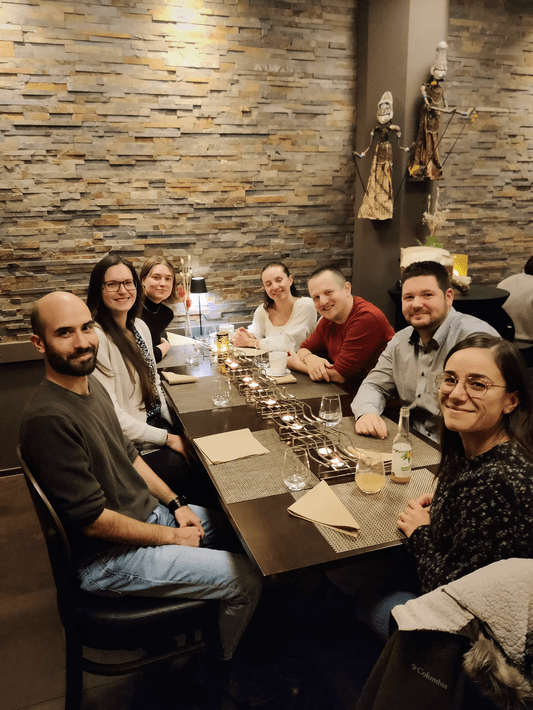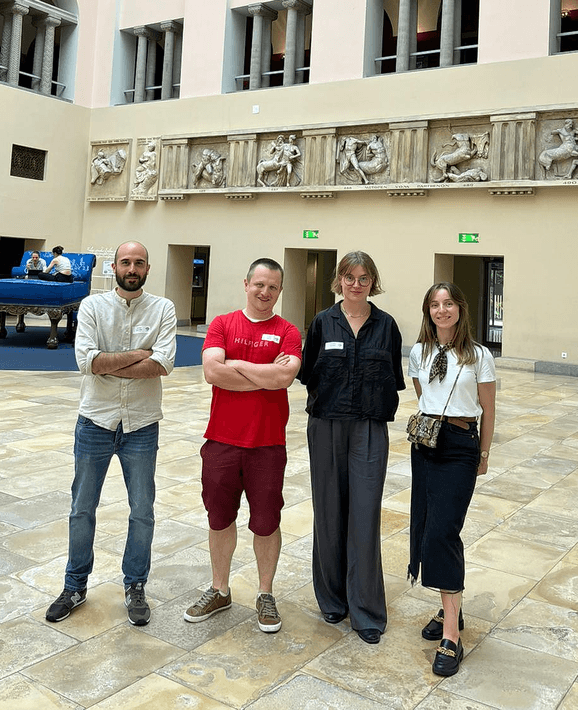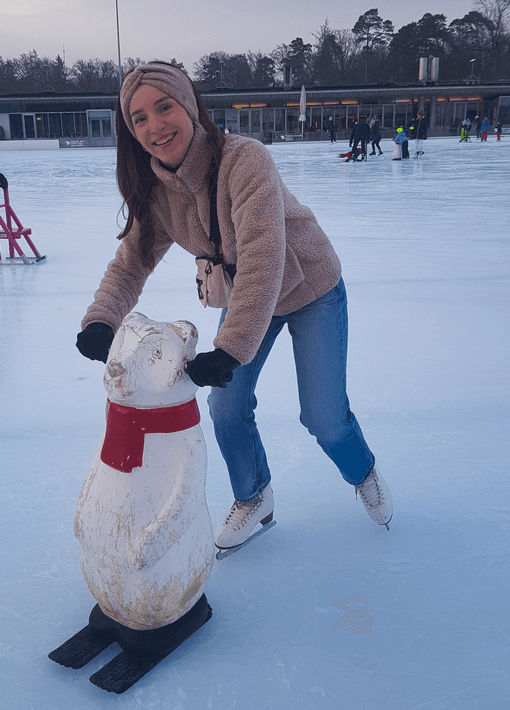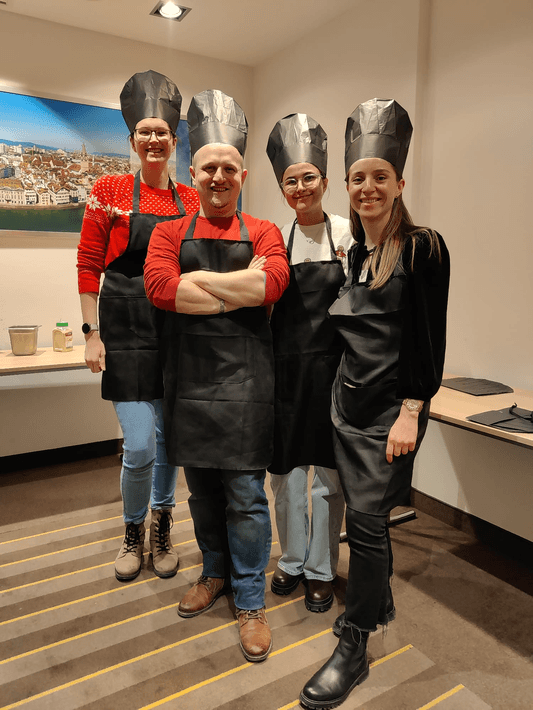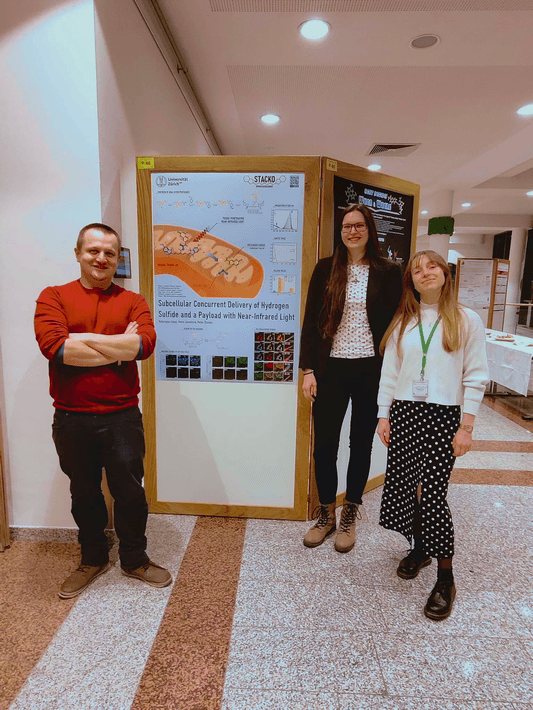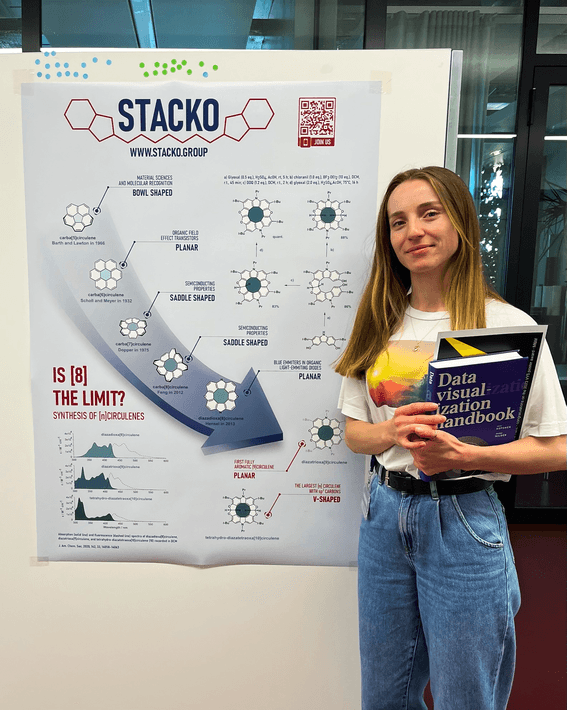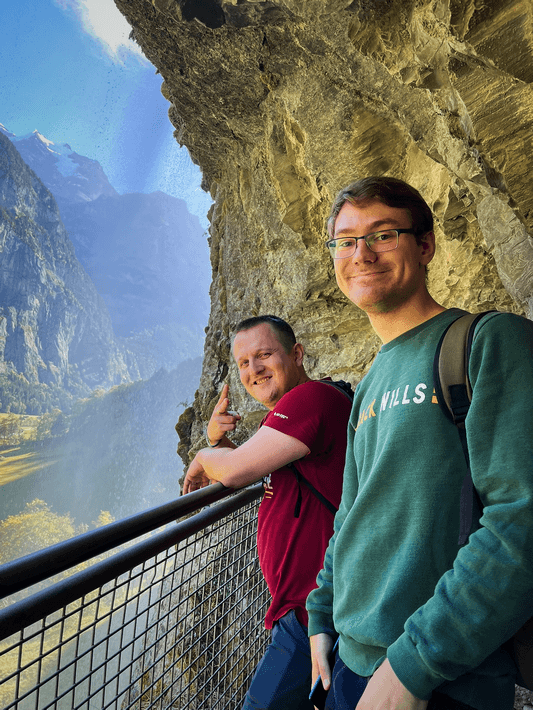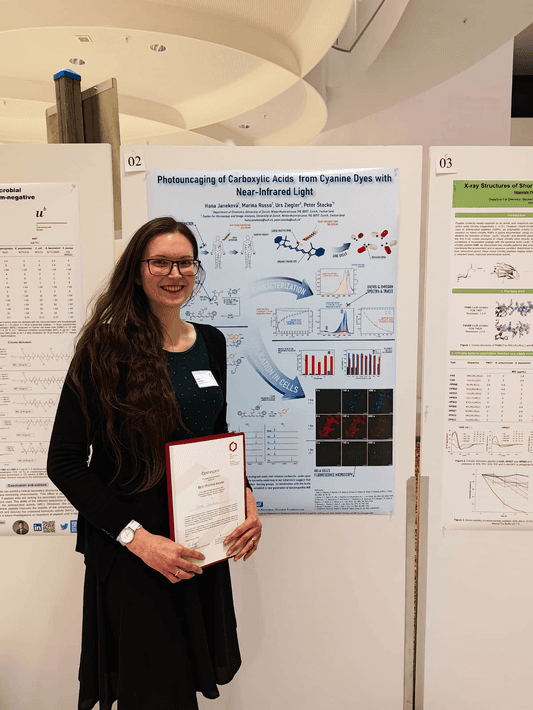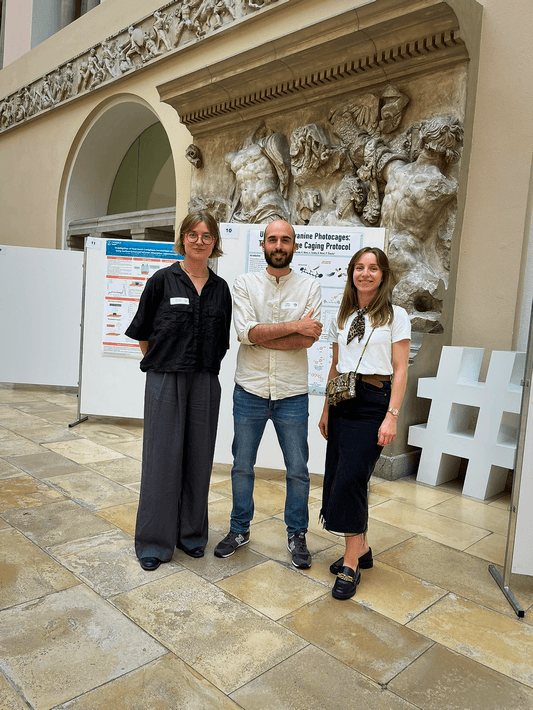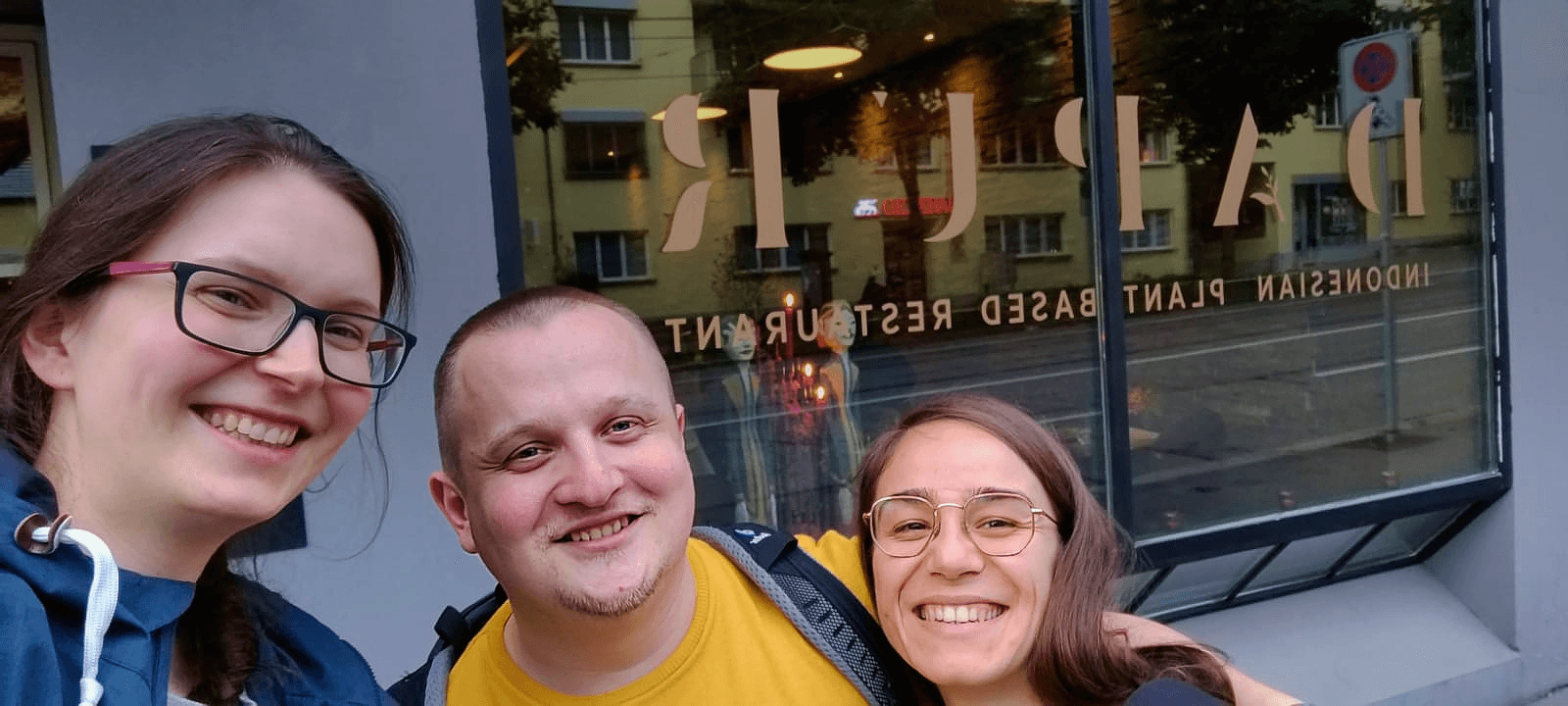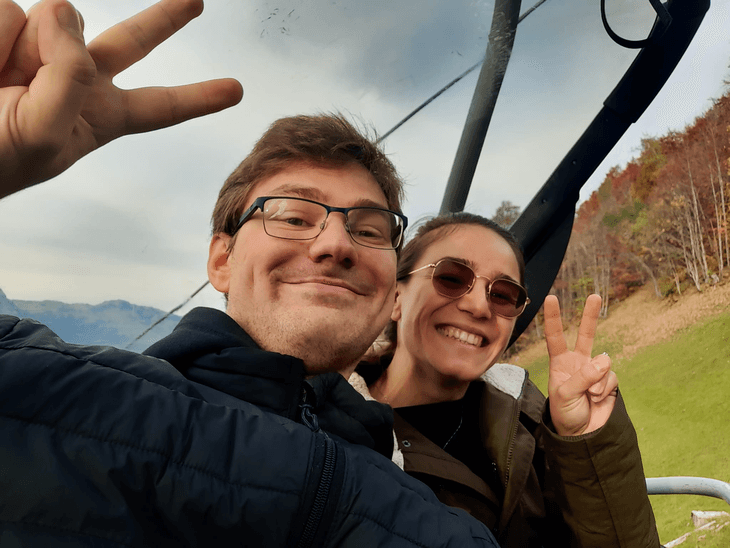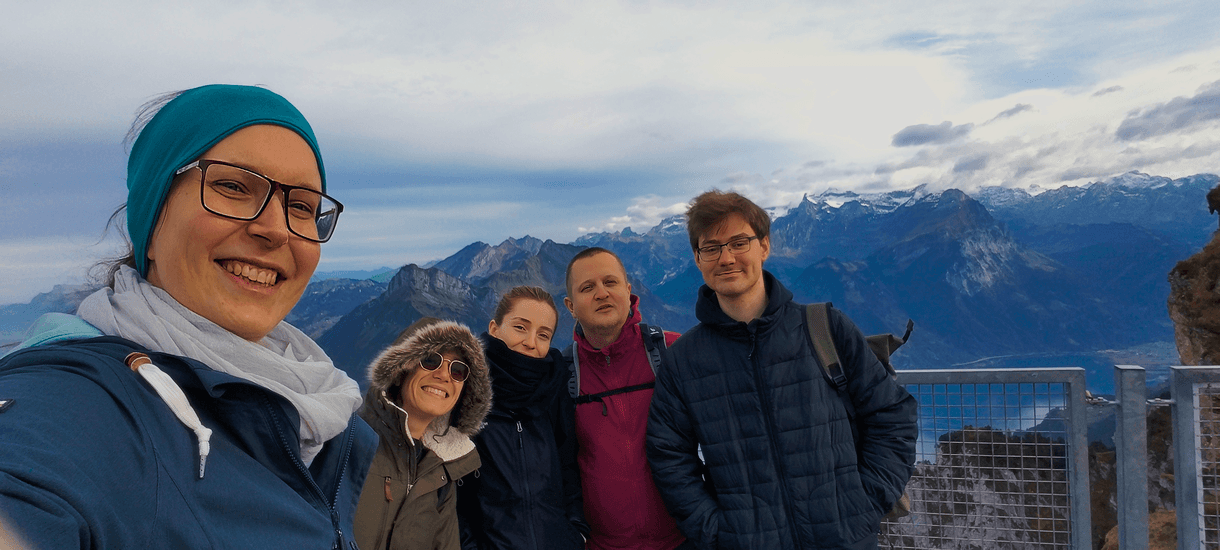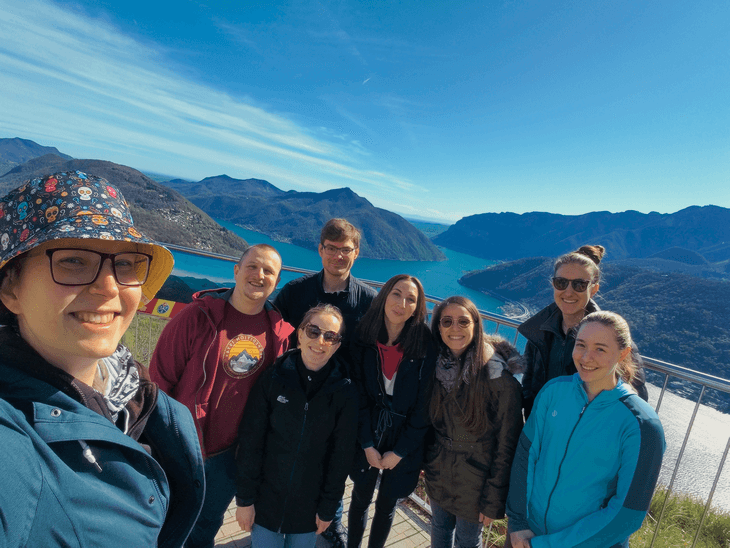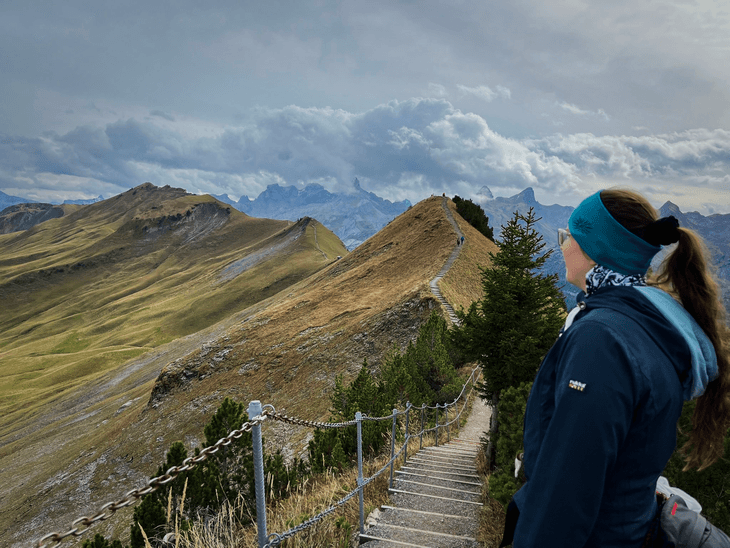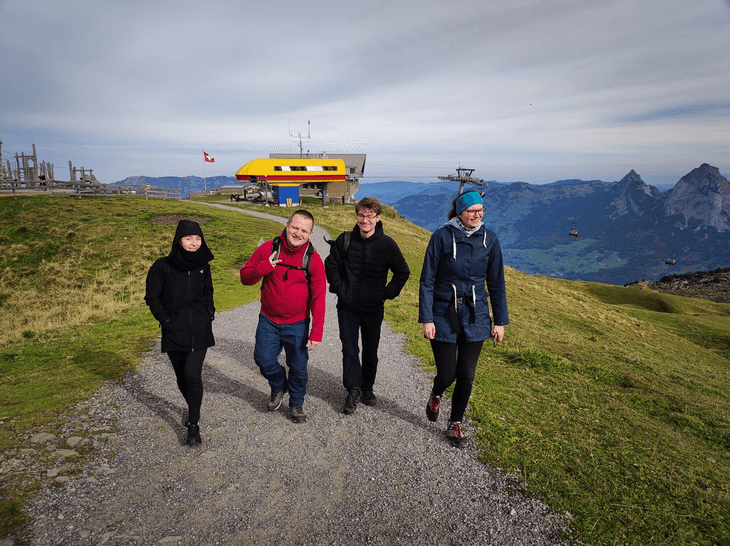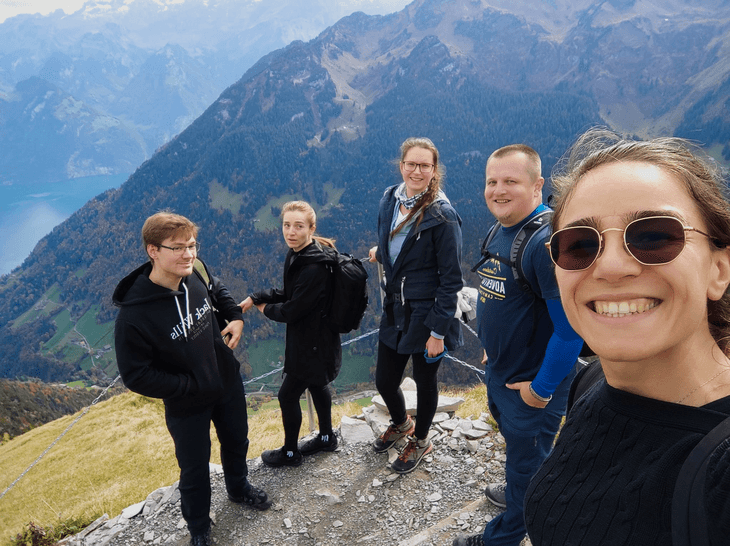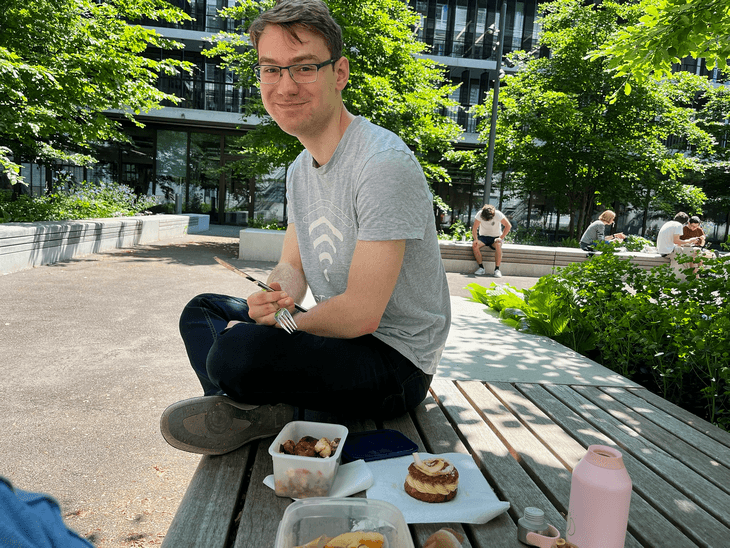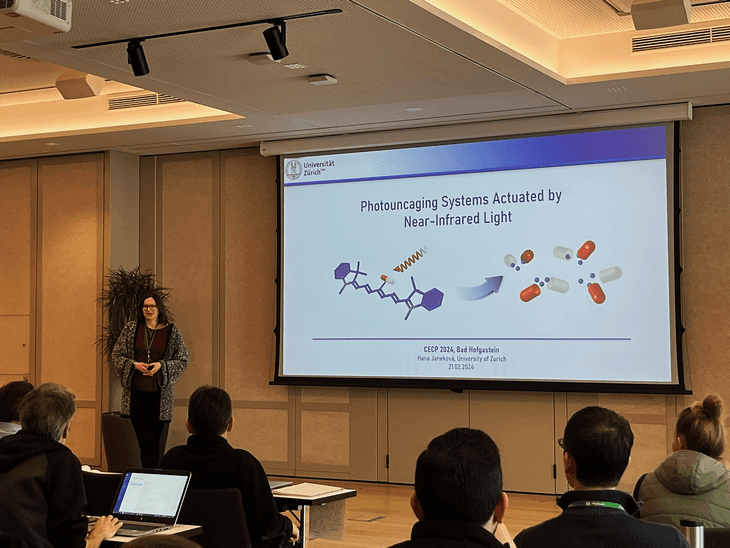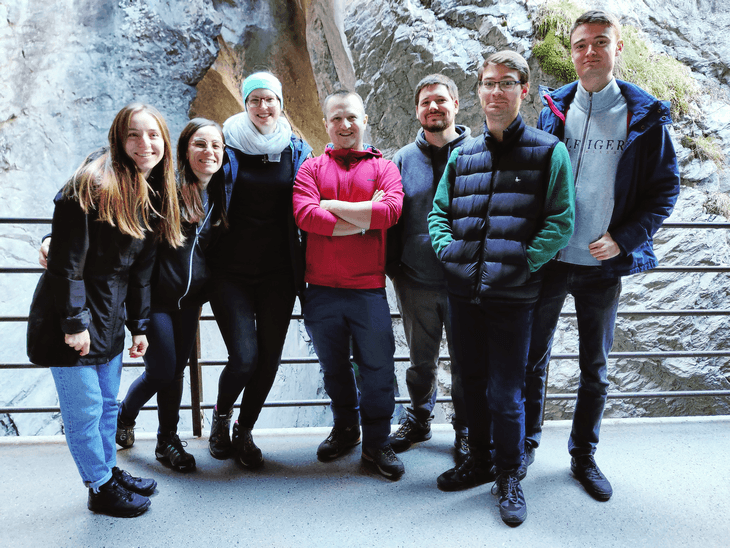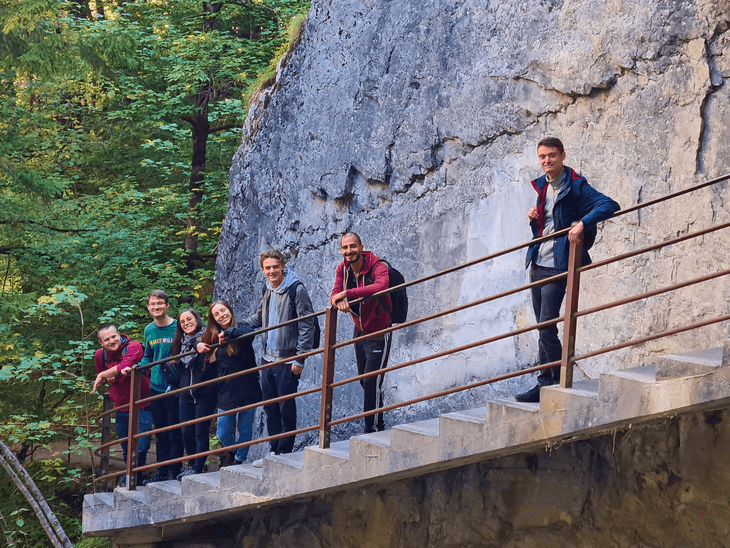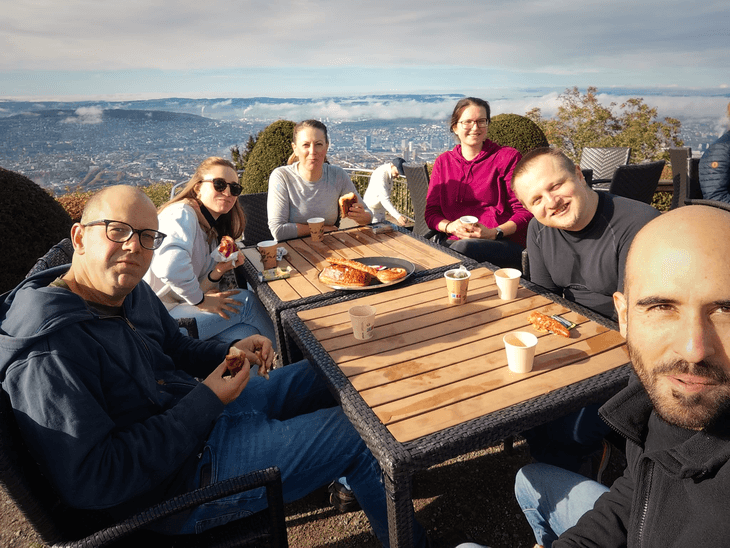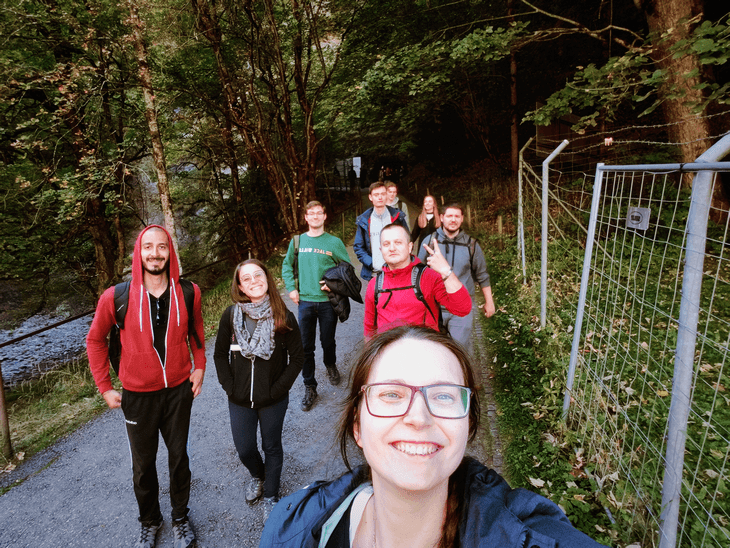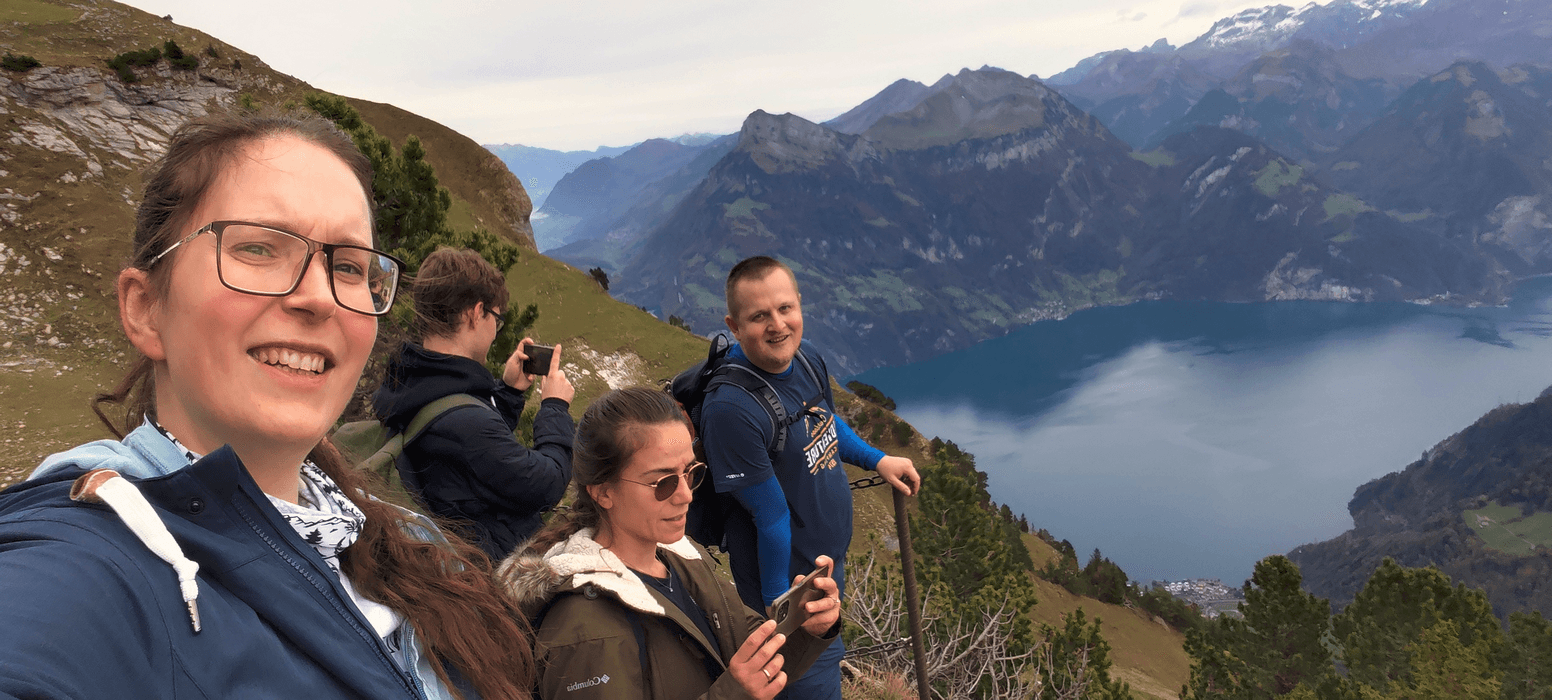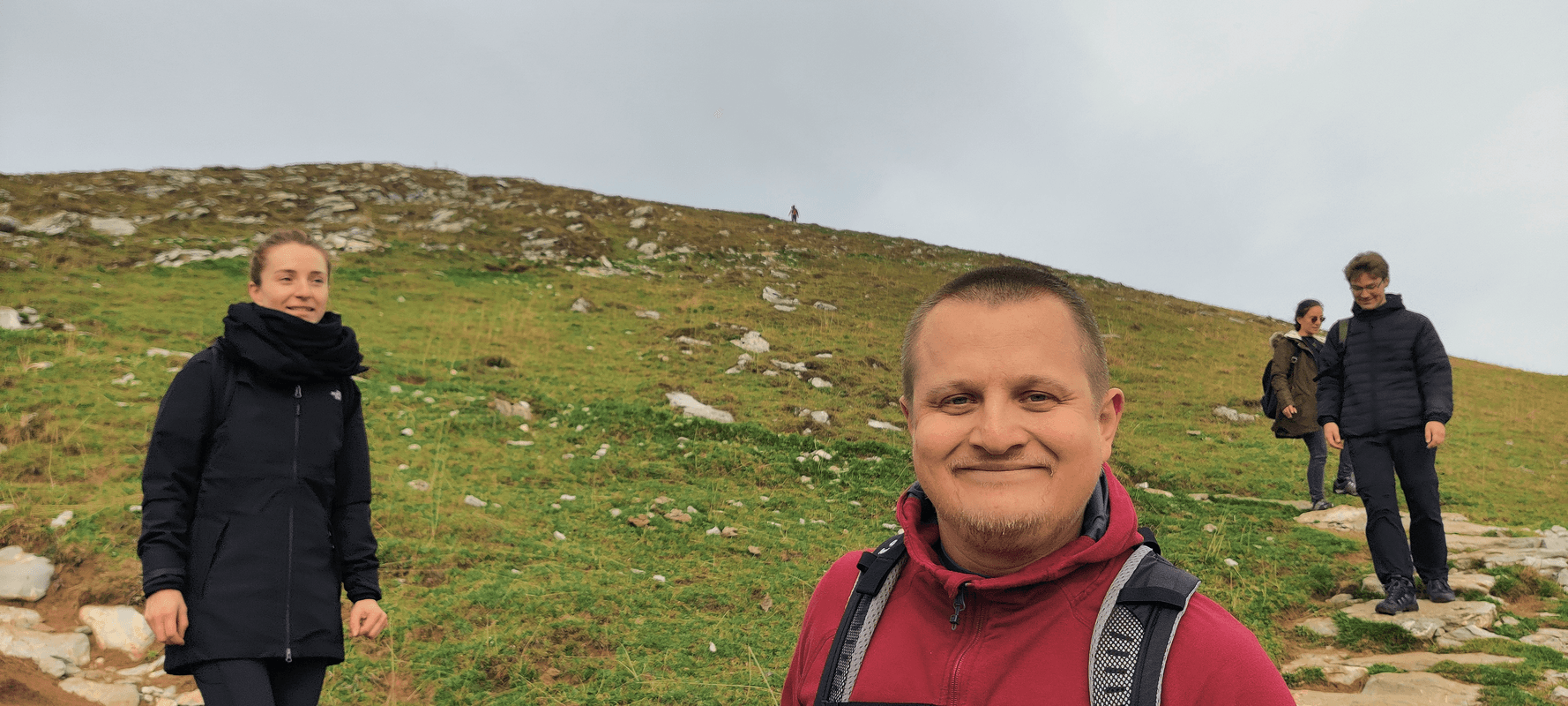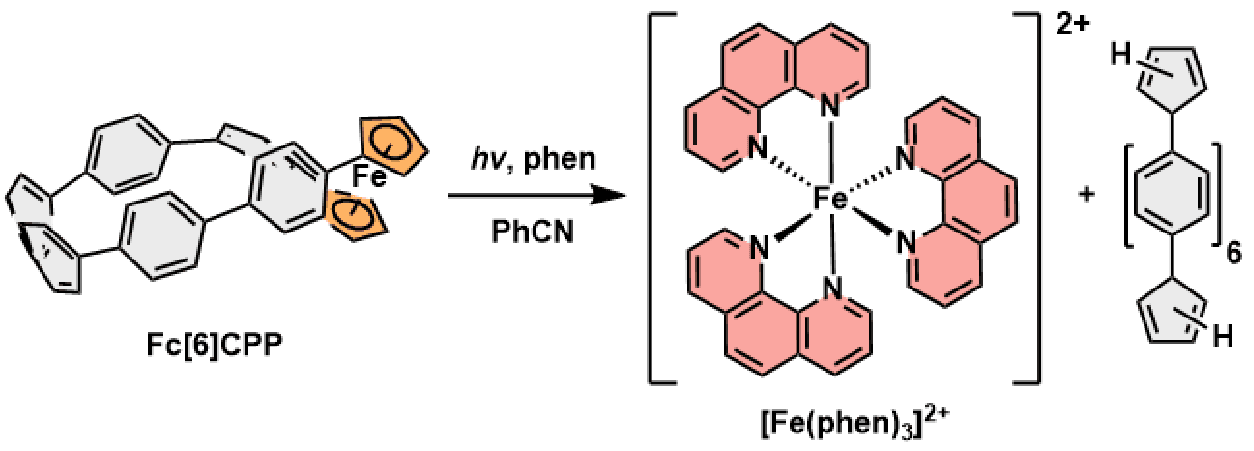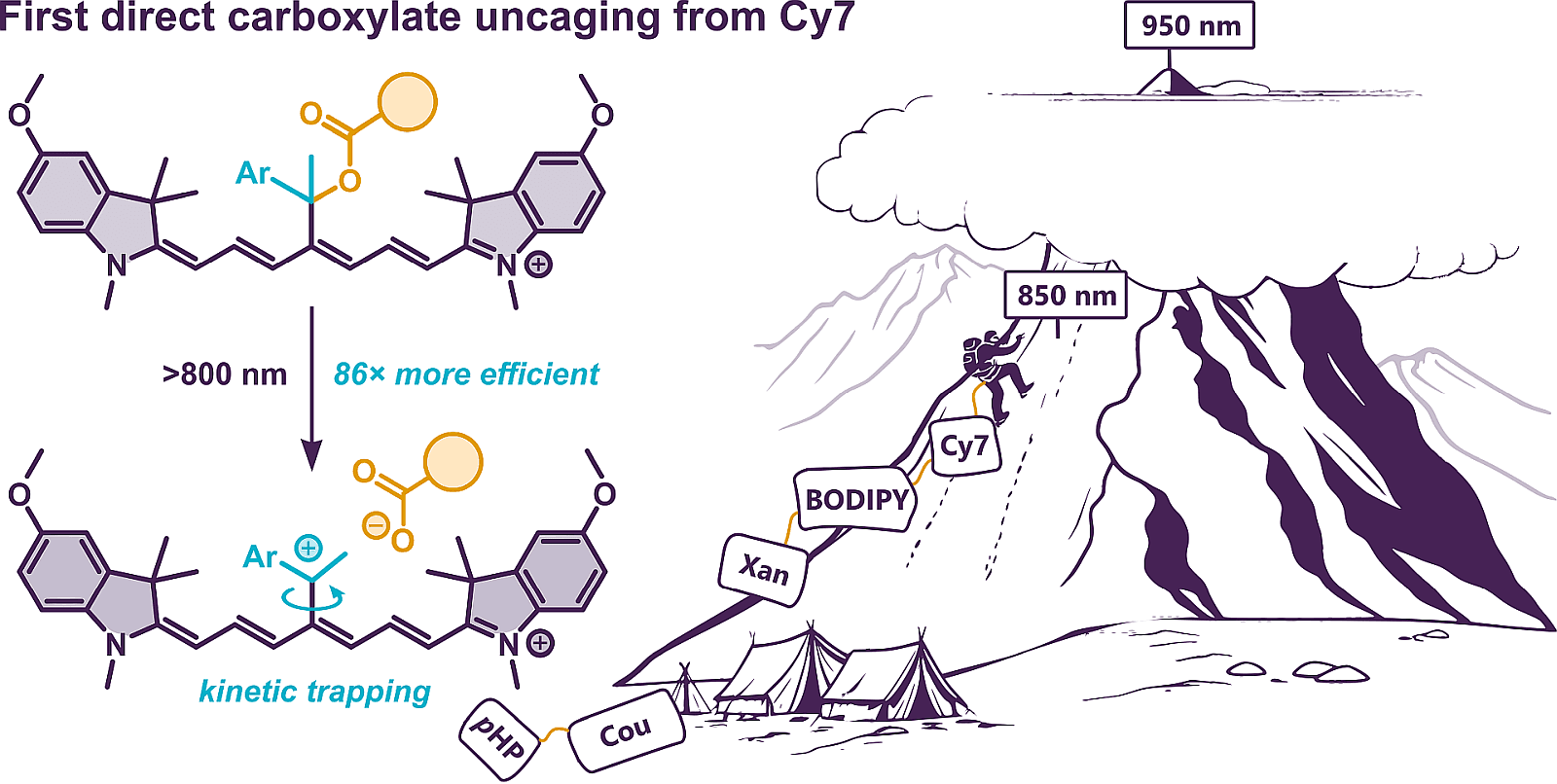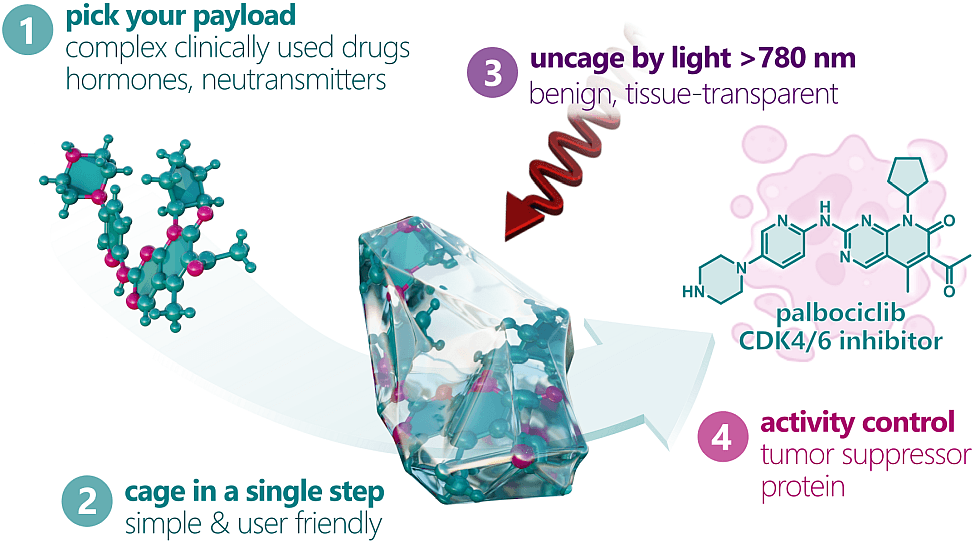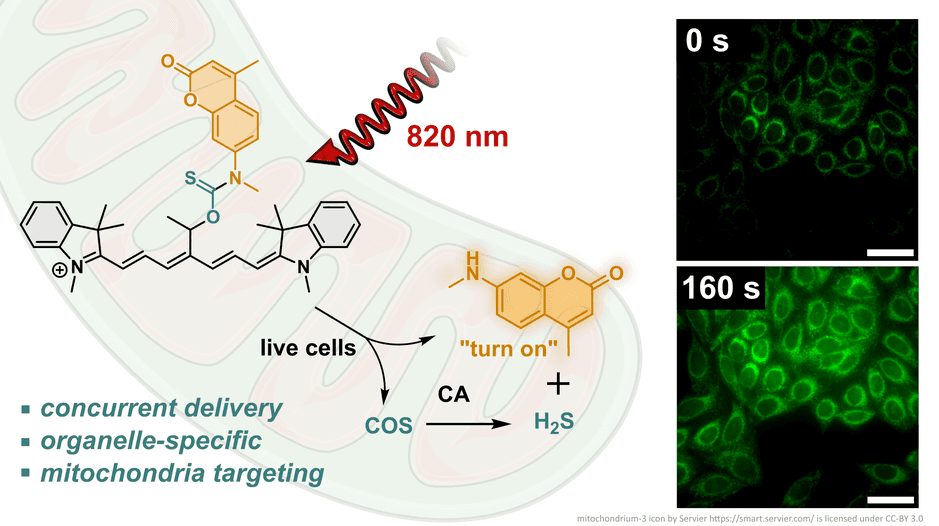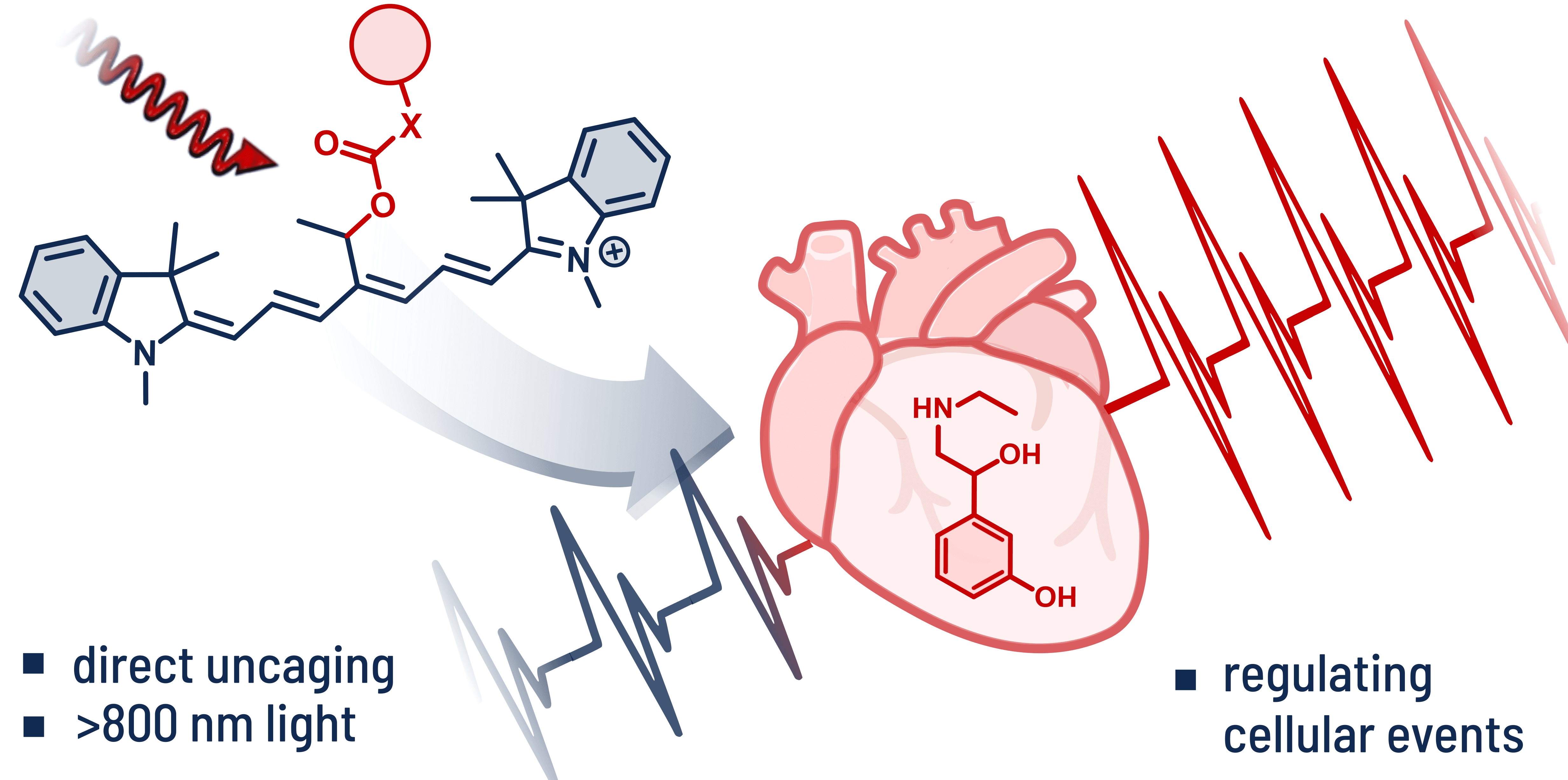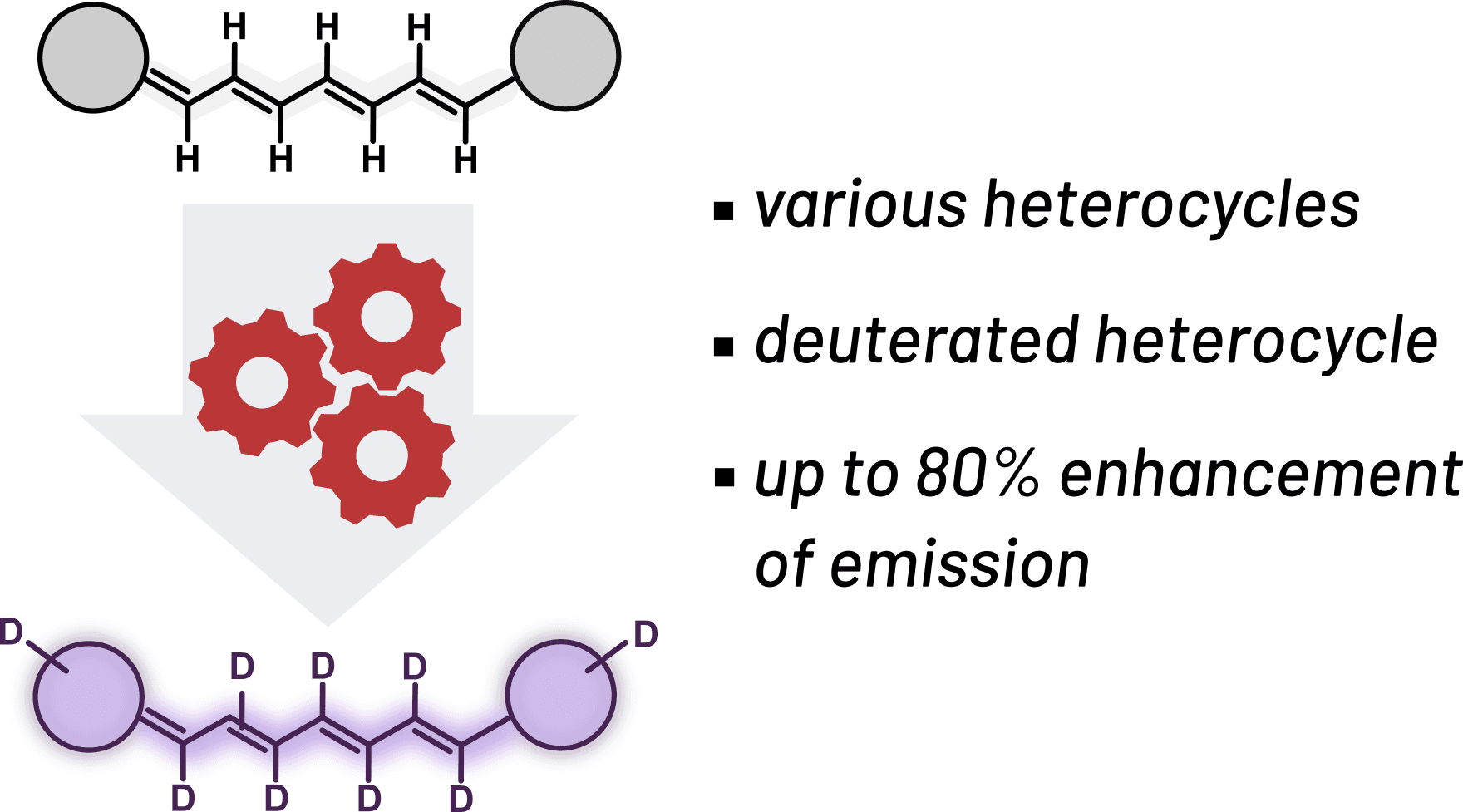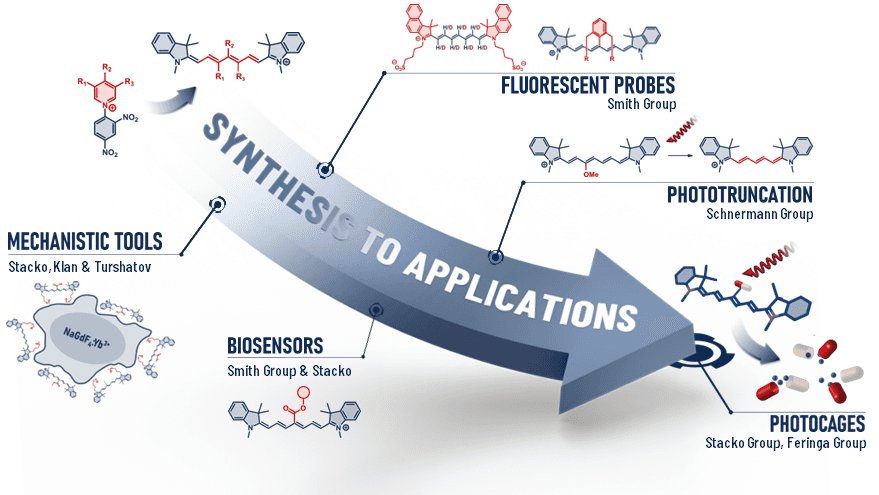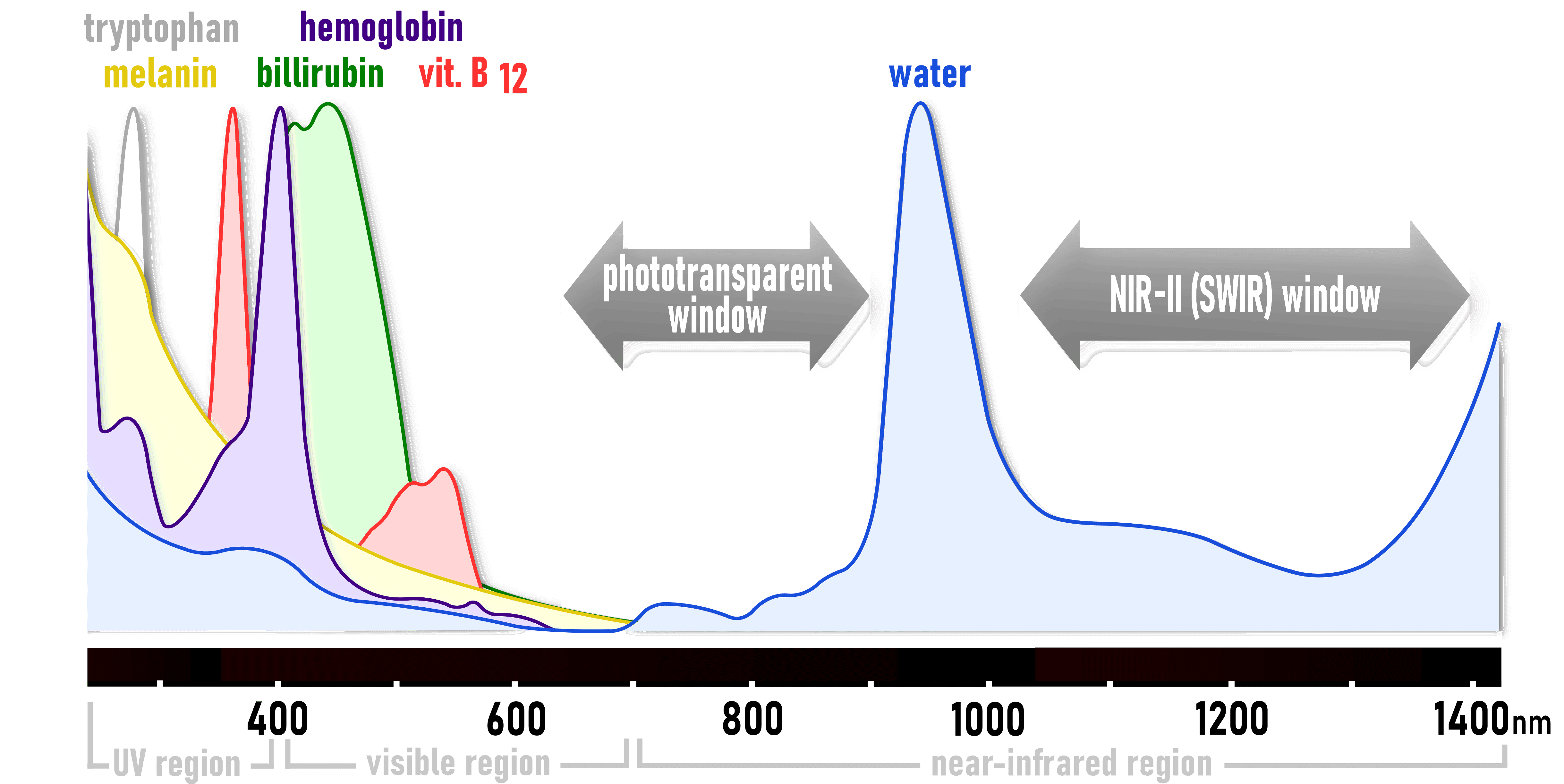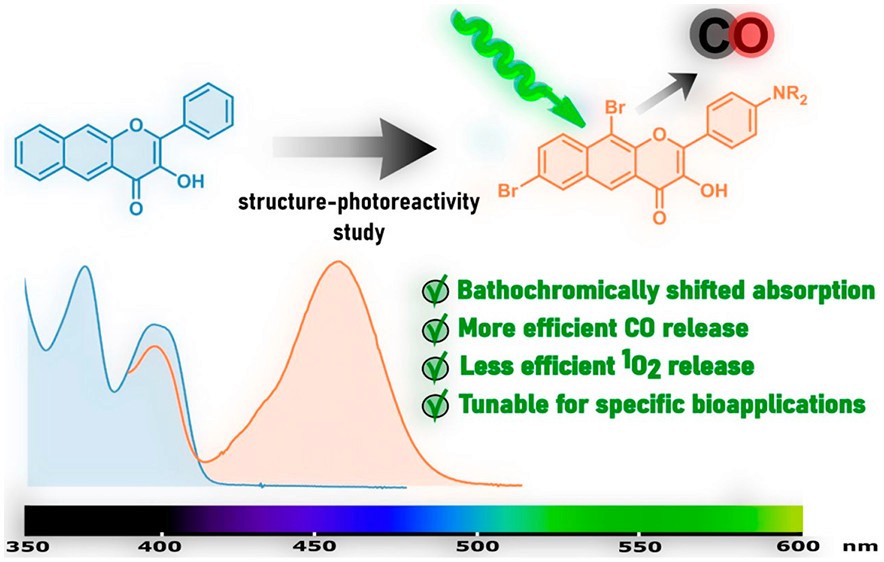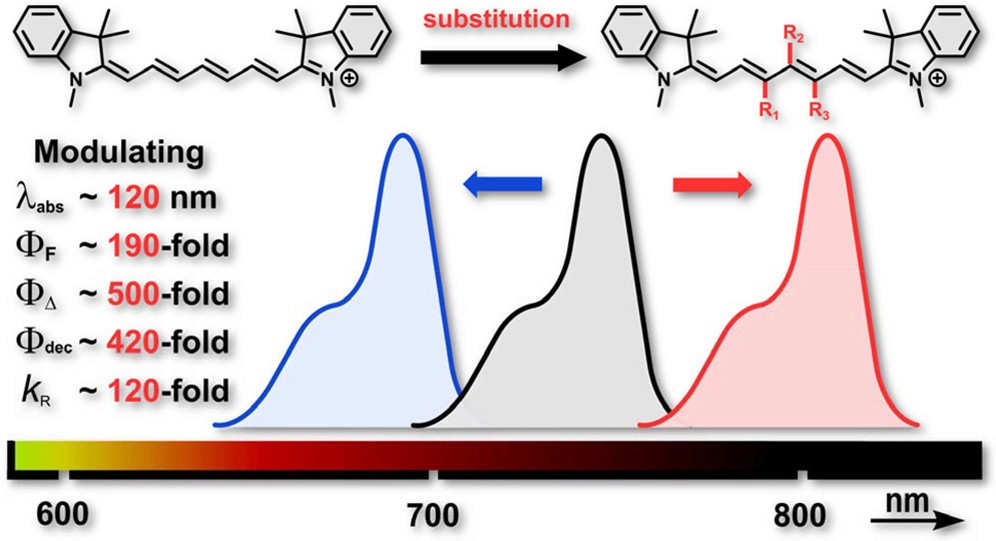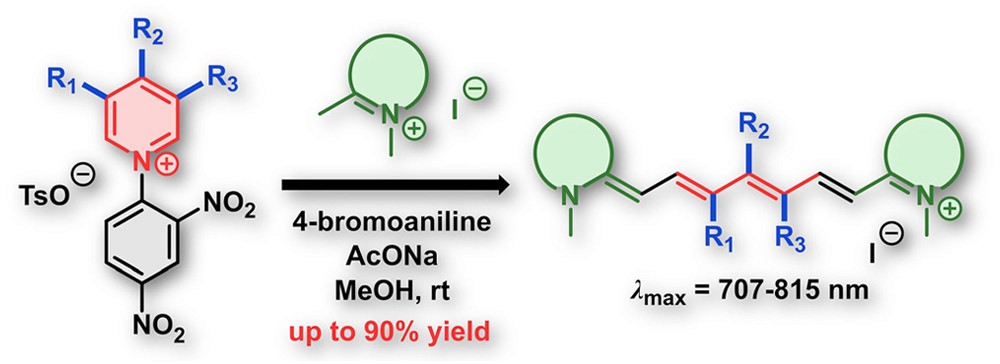Are
Are
you
you
ready?
ready?
Are
Are
you
you
ready?
ready?
Are
Are
you
you
ready?
ready?
STACKO GROUP
STACKO GROUP
Dive into our colorful world where we craft organic dyes into photocages that deliver and activate drugs with tissue-penetrating light as a trigger. Our tools help unravel biological processes and advance drug delivery solutions.
Dive into our colorful world where we craft organic dyes into photocages that deliver and activate drugs with tissue-penetrating light as a trigger. Our tools help unravel biological processes and advance drug delivery solutions.
PHOTO CHEMISTRY
PHOTO CHEMISTRY
PHOTO CHEMISTRY



Lisa travels all the way from Vienna to join our group as a PhD researcher. Welcome!
01
DEC
‘25
Delia returns to the group to pursue a PhD with us. Good luck!
01
DEC
‘25
Véro joins the group to complete her MSc thesis.
01
SEP
‘25
Juliette joins our group as a PhD student to work on next-generation photocages. Stay tuned!
01
JUL
‘25
Dóra joins us for 3 months as a visting researcher from the group of Kele!
29
JUN
‘25
Attila joins our group for a MSc Thesis project.
01
FEB
‘25
Hana successfully graduated and she became the very first PhD of our group!
20
JAN
‘25
Thrilled to announce that our team received one of the two SNF Starting Grants in chemistry!
14
NOV
‘24
Fabiola Tommasino joins to carry out her MSc thesis with us.
12
NOV
‘24
Joined the Symposium on Caged Compounds in Prague. Excellent talks, excellent people!
16
JUN
‘24
Visting the group of Tomáš Šolomek and our friends over at University of Amsterdam. Thanks for having us!
10
APR
‘24
Joseph Kölbel and Thomas Krack defended their theses. Good luck in your next adventures, guys!
07
MAR
‘24
Andrea Ramundo joins our group and brings porphyrin expertise!
01
JAN
‘24
We just launched our new website!
22
NOV
‘23
Dominika Zielinska joins our team. She will be leading our biology pipeline. Welcome Dominika!
01
NOV
‘23
We enjoyed the visit and chat with Dr. Alexandre Fürstenberg from the University of Geneva.
01
NOV
‘23
Our latest work on deuterated cyanines prepared jointly with the group of Justin Caram is now on ChemRxiv. Check it out!
19
OCT
‘23
Chat with Peter at the SCS Fall meeting in vonRoll Areal at University of Bern.
24
Aug
‘23
Fabienne Bänziger and Delia Meier successfully defend their bachelor theses. Excellent job and congrats!
11
AUG
‘23
We prepared a little booth showcasing our research to the young talents at International Chemistry Olympiad.
21
JUL
‘23
Bastian joins our group as a postdoc to solve pharmacokinetic issues with our photocages. Welcome!
01
May
‘23
Thomas Krack joins us for a 9-month adventure to get his MSc degree!
01
APR
‘23
Peter visited University of Geneva to talk about the fresh results from our lab!
23
FEB
'23
Lisa travels all the way from Vienna to join our group as a PhD researcher. Welcome!
01
DEC
‘25
Delia returns to the group to pursue a PhD with us. Good luck!
01
DEC
‘25
Véro joins the group to complete her MSc thesis.
01
SEP
‘25
Juliette joins our group as a PhD student to work on next-generation photocages. Stay tuned!
01
JUL
‘25
Dóra joins us for 3 months as a visting researcher from the group of Kele!
29
JUN
‘25
Attila joins our group for a MSc Thesis project.
01
FEB
‘25
Hana successfully graduated and she became the very first PhD of our group!
20
JAN
‘25
Thrilled to announce that our team received one of the two SNF Starting Grants in chemistry!
14
NOV
‘24
Fabiola Tommasino joins to carry out her MSc thesis with us.
12
NOV
‘24
Joined the Symposium on Caged Compounds in Prague. Excellent talks, excellent people!
16
JUN
‘24
Visting the group of Tomáš Šolomek and our friends over at University of Amsterdam. Thanks for having us!
10
APR
‘24
Joseph Kölbel and Thomas Krack defended their theses. Good luck in your next adventures, guys!
07
MAR
‘24
Andrea Ramundo joins our group and brings porphyrin expertise!
01
JAN
‘24
We just launched our new website!
22
NOV
‘23
Dominika Zielinska joins our team. She will be leading our biology pipeline. Welcome Dominika!
01
NOV
‘23
We enjoyed the visit and chat with Dr. Alexandre Fürstenberg from the University of Geneva.
01
NOV
‘23
Our latest work on deuterated cyanines prepared jointly with the group of Justin Caram is now on ChemRxiv. Check it out!
19
OCT
‘23
Chat with Peter at the SCS Fall meeting in vonRoll Areal at University of Bern.
24
Aug
‘23
Fabienne Bänziger and Delia Meier successfully defend their bachelor theses. Excellent job and congrats!
11
AUG
‘23
We prepared a little booth showcasing our research to the young talents at International Chemistry Olympiad.
21
JUL
‘23
Bastian joins our group as a postdoc to solve pharmacokinetic issues with our photocages. Welcome!
01
May
‘23
Thomas Krack joins us for a 9-month adventure to get his MSc degree!
01
APR
‘23
Peter visited University of Geneva to talk about the fresh results from our lab!
23
FEB
'23
Lisa travels all the way from Vienna to join our group as a PhD researcher. Welcome!
01
DEC
‘25
Delia returns to the group to pursue a PhD with us. Good luck!
01
DEC
‘25
Véro joins the group to complete her MSc thesis.
01
SEP
‘25
Juliette joins our group as a PhD student to work on next-generation photocages. Stay tuned!
01
JUL
‘25
Dóra joins us for 3 months as a visting researcher from the group of Kele!
29
JUN
‘25
Attila joins our group for a MSc Thesis project.
01
FEB
‘25
Hana successfully graduated and she became the very first PhD of our group!
20
JAN
‘25
Thrilled to announce that our team received one of the two SNF Starting Grants in chemistry!
14
NOV
‘24
Fabiola Tommasino joins to carry out her MSc thesis with us.
12
NOV
‘24
Joined the Symposium on Caged Compounds in Prague. Excellent talks, excellent people!
16
JUN
‘24
Visting the group of Tomáš Šolomek and our friends over at University of Amsterdam. Thanks for having us!
10
APR
‘24
Joseph Kölbel and Thomas Krack defended their theses. Good luck in your next adventures, guys!
07
MAR
‘24
Andrea Ramundo joins our group and brings porphyrin expertise!
01
JAN
‘24
We just launched our new website!
22
NOV
‘23
Dominika Zielinska joins our team. She will be leading our biology pipeline. Welcome Dominika!
01
NOV
‘23
We enjoyed the visit and chat with Dr. Alexandre Fürstenberg from the University of Geneva.
01
NOV
‘23
Our latest work on deuterated cyanines prepared jointly with the group of Justin Caram is now on ChemRxiv. Check it out!
19
OCT
‘23
Chat with Peter at the SCS Fall meeting in vonRoll Areal at University of Bern.
24
Aug
‘23
Fabienne Bänziger and Delia Meier successfully defend their bachelor theses. Excellent job and congrats!
11
AUG
‘23
We prepared a little booth showcasing our research to the young talents at International Chemistry Olympiad.
21
JUL
‘23
Bastian joins our group as a postdoc to solve pharmacokinetic issues with our photocages. Welcome!
01
May
‘23
Thomas Krack joins us for a 9-month adventure to get his MSc degree!
01
APR
‘23
Peter visited University of Geneva to talk about the fresh results from our lab!
23
FEB
'23
Lisa travels all the way from Vienna to join our group as a PhD researcher. Welcome!
01
DEC
‘25
Delia returns to the group to pursue a PhD with us. Good luck!
01
DEC
‘25
Véro joins the group to complete her MSc thesis.
01
SEP
‘25
Juliette joins our group as a PhD student to work on next-generation photocages. Stay tuned!
01
JUL
‘25
Dóra joins us for 3 months as a visting researcher from the group of Kele!
29
JUN
‘25
Attila joins our group for a MSc Thesis project.
01
FEB
‘25
Hana successfully graduated and she became the very first PhD of our group!
20
JAN
‘25
Thrilled to announce that our team received one of the two SNF Starting Grants in chemistry!
14
NOV
‘24
Fabiola Tommasino joins to carry out her MSc thesis with us.
12
NOV
‘24
Joined the Symposium on Caged Compounds in Prague. Excellent talks, excellent people!
16
JUN
‘24
Visting the group of Tomáš Šolomek and our friends over at University of Amsterdam. Thanks for having us!
10
APR
‘24
Joseph Kölbel and Thomas Krack defended their theses. Good luck in your next adventures, guys!
07
MAR
‘24
Andrea Ramundo joins our group and brings porphyrin expertise!
01
JAN
‘24
We just launched our new website!
22
NOV
‘23
Dominika Zielinska joins our team. She will be leading our biology pipeline. Welcome Dominika!
01
NOV
‘23
We enjoyed the visit and chat with Dr. Alexandre Fürstenberg from the University of Geneva.
01
NOV
‘23
Our latest work on deuterated cyanines prepared jointly with the group of Justin Caram is now on ChemRxiv. Check it out!
19
OCT
‘23
Chat with Peter at the SCS Fall meeting in vonRoll Areal at University of Bern.
24
Aug
‘23
Fabienne Bänziger and Delia Meier successfully defend their bachelor theses. Excellent job and congrats!
11
AUG
‘23
We prepared a little booth showcasing our research to the young talents at International Chemistry Olympiad.
21
JUL
‘23
Bastian joins our group as a postdoc to solve pharmacokinetic issues with our photocages. Welcome!
01
May
‘23
Thomas Krack joins us for a 9-month adventure to get his MSc degree!
01
APR
‘23
Peter visited University of Geneva to talk about the fresh results from our lab!
23
FEB
'23
Lisa travels all the way from Vienna to join our group as a PhD researcher. Welcome!
01
DEC
‘25
Delia returns to the group to pursue a PhD with us. Good luck!
01
DEC
‘25
Véro joins the group to complete her MSc thesis.
01
SEP
‘25
Juliette joins our group as a PhD student to work on next-generation photocages. Stay tuned!
01
JUL
‘25
Dóra joins us for 3 months as a visting researcher from the group of Kele!
29
JUN
‘25
Attila joins our group for a MSc Thesis project.
01
FEB
‘25
Hana successfully graduated and she became the very first PhD of our group!
20
JAN
‘25
Thrilled to announce that our team received one of the two SNF Starting Grants in chemistry!
14
NOV
‘24
Fabiola Tommasino joins to carry out her MSc thesis with us.
12
NOV
‘24
Joined the Symposium on Caged Compounds in Prague. Excellent talks, excellent people!
16
JUN
‘24
Visting the group of Tomáš Šolomek and our friends over at University of Amsterdam. Thanks for having us!
10
APR
‘24
Joseph Kölbel and Thomas Krack defended their theses. Good luck in your next adventures, guys!
07
MAR
‘24
Andrea Ramundo joins our group and brings porphyrin expertise!
01
JAN
‘24
We just launched our new website!
22
NOV
‘23
Dominika Zielinska joins our team. She will be leading our biology pipeline. Welcome Dominika!
01
NOV
‘23
We enjoyed the visit and chat with Dr. Alexandre Fürstenberg from the University of Geneva.
01
NOV
‘23
Our latest work on deuterated cyanines prepared jointly with the group of Justin Caram is now on ChemRxiv. Check it out!
19
OCT
‘23
Chat with Peter at the SCS Fall meeting in vonRoll Areal at University of Bern.
24
Aug
‘23
Fabienne Bänziger and Delia Meier successfully defend their bachelor theses. Excellent job and congrats!
11
AUG
‘23
We prepared a little booth showcasing our research to the young talents at International Chemistry Olympiad.
21
JUL
‘23
Bastian joins our group as a postdoc to solve pharmacokinetic issues with our photocages. Welcome!
01
May
‘23
Thomas Krack joins us for a 9-month adventure to get his MSc degree!
01
APR
‘23
Peter visited University of Geneva to talk about the fresh results from our lab!
23
FEB
'23
Lisa travels all the way from Vienna to join our group as a PhD researcher. Welcome!
01
DEC
‘25
Delia returns to the group to pursue a PhD with us. Good luck!
01
DEC
‘25
Véro joins the group to complete her MSc thesis.
01
SEP
‘25
Juliette joins our group as a PhD student to work on next-generation photocages. Stay tuned!
01
JUL
‘25
Dóra joins us for 3 months as a visting researcher from the group of Kele!
29
JUN
‘25
Attila joins our group for a MSc Thesis project.
01
FEB
‘25
Hana successfully graduated and she became the very first PhD of our group!
20
JAN
‘25
Thrilled to announce that our team received one of the two SNF Starting Grants in chemistry!
14
NOV
‘24
Fabiola Tommasino joins to carry out her MSc thesis with us.
12
NOV
‘24
Joined the Symposium on Caged Compounds in Prague. Excellent talks, excellent people!
16
JUN
‘24
Visting the group of Tomáš Šolomek and our friends over at University of Amsterdam. Thanks for having us!
10
APR
‘24
Joseph Kölbel and Thomas Krack defended their theses. Good luck in your next adventures, guys!
07
MAR
‘24
Andrea Ramundo joins our group and brings porphyrin expertise!
01
JAN
‘24
We just launched our new website!
22
NOV
‘23
Dominika Zielinska joins our team. She will be leading our biology pipeline. Welcome Dominika!
01
NOV
‘23
We enjoyed the visit and chat with Dr. Alexandre Fürstenberg from the University of Geneva.
01
NOV
‘23
Our latest work on deuterated cyanines prepared jointly with the group of Justin Caram is now on ChemRxiv. Check it out!
19
OCT
‘23
Chat with Peter at the SCS Fall meeting in vonRoll Areal at University of Bern.
24
Aug
‘23
Fabienne Bänziger and Delia Meier successfully defend their bachelor theses. Excellent job and congrats!
11
AUG
‘23
We prepared a little booth showcasing our research to the young talents at International Chemistry Olympiad.
21
JUL
‘23
Bastian joins our group as a postdoc to solve pharmacokinetic issues with our photocages. Welcome!
01
May
‘23
Thomas Krack joins us for a 9-month adventure to get his MSc degree!
01
APR
‘23
Peter visited University of Geneva to talk about the fresh results from our lab!
23
FEB
'23
Lisa travels all the way from Vienna to join our group as a PhD researcher. Welcome!
01
DEC
‘25
Delia returns to the group to pursue a PhD with us. Good luck!
01
DEC
‘25
Véro joins the group to complete her MSc thesis.
01
SEP
‘25
Juliette joins our group as a PhD student to work on next-generation photocages. Stay tuned!
01
JUL
‘25
Dóra joins us for 3 months as a visting researcher from the group of Kele!
29
JUN
‘25
Attila joins our group for a MSc Thesis project.
01
FEB
‘25
Hana successfully graduated and she became the very first PhD of our group!
20
JAN
‘25
Thrilled to announce that our team received one of the two SNF Starting Grants in chemistry!
14
NOV
‘24
Fabiola Tommasino joins to carry out her MSc thesis with us.
12
NOV
‘24
Joined the Symposium on Caged Compounds in Prague. Excellent talks, excellent people!
16
JUN
‘24
Visting the group of Tomáš Šolomek and our friends over at University of Amsterdam. Thanks for having us!
10
APR
‘24
Joseph Kölbel and Thomas Krack defended their theses. Good luck in your next adventures, guys!
07
MAR
‘24
Andrea Ramundo joins our group and brings porphyrin expertise!
01
JAN
‘24
We just launched our new website!
22
NOV
‘23
Dominika Zielinska joins our team. She will be leading our biology pipeline. Welcome Dominika!
01
NOV
‘23
We enjoyed the visit and chat with Dr. Alexandre Fürstenberg from the University of Geneva.
01
NOV
‘23
Our latest work on deuterated cyanines prepared jointly with the group of Justin Caram is now on ChemRxiv. Check it out!
19
OCT
‘23
Chat with Peter at the SCS Fall meeting in vonRoll Areal at University of Bern.
24
Aug
‘23
Fabienne Bänziger and Delia Meier successfully defend their bachelor theses. Excellent job and congrats!
11
AUG
‘23
We prepared a little booth showcasing our research to the young talents at International Chemistry Olympiad.
21
JUL
‘23
Bastian joins our group as a postdoc to solve pharmacokinetic issues with our photocages. Welcome!
01
May
‘23
Thomas Krack joins us for a 9-month adventure to get his MSc degree!
01
APR
‘23
Peter visited University of Geneva to talk about the fresh results from our lab!
23
FEB
'23
Lisa travels all the way from Vienna to join our group as a PhD researcher. Welcome!
01
DEC
‘25
Delia returns to the group to pursue a PhD with us. Good luck!
01
DEC
‘25
Véro joins the group to complete her MSc thesis.
01
SEP
‘25
Juliette joins our group as a PhD student to work on next-generation photocages. Stay tuned!
01
JUL
‘25
Dóra joins us for 3 months as a visting researcher from the group of Kele!
29
JUN
‘25
Attila joins our group for a MSc Thesis project.
01
FEB
‘25
Hana successfully graduated and she became the very first PhD of our group!
20
JAN
‘25
Thrilled to announce that our team received one of the two SNF Starting Grants in chemistry!
14
NOV
‘24
Fabiola Tommasino joins to carry out her MSc thesis with us.
12
NOV
‘24
Joined the Symposium on Caged Compounds in Prague. Excellent talks, excellent people!
16
JUN
‘24
Visting the group of Tomáš Šolomek and our friends over at University of Amsterdam. Thanks for having us!
10
APR
‘24
Joseph Kölbel and Thomas Krack defended their theses. Good luck in your next adventures, guys!
07
MAR
‘24
Andrea Ramundo joins our group and brings porphyrin expertise!
01
JAN
‘24
We just launched our new website!
22
NOV
‘23
Dominika Zielinska joins our team. She will be leading our biology pipeline. Welcome Dominika!
01
NOV
‘23
We enjoyed the visit and chat with Dr. Alexandre Fürstenberg from the University of Geneva.
01
NOV
‘23
Our latest work on deuterated cyanines prepared jointly with the group of Justin Caram is now on ChemRxiv. Check it out!
19
OCT
‘23
Chat with Peter at the SCS Fall meeting in vonRoll Areal at University of Bern.
24
Aug
‘23
Fabienne Bänziger and Delia Meier successfully defend their bachelor theses. Excellent job and congrats!
11
AUG
‘23
We prepared a little booth showcasing our research to the young talents at International Chemistry Olympiad.
21
JUL
‘23
Bastian joins our group as a postdoc to solve pharmacokinetic issues with our photocages. Welcome!
01
May
‘23
Thomas Krack joins us for a 9-month adventure to get his MSc degree!
01
APR
‘23
Peter visited University of Geneva to talk about the fresh results from our lab!
23
FEB
'23
Lisa travels all the way from Vienna to join our group as a PhD researcher. Welcome!
01
DEC
‘25
Delia returns to the group to pursue a PhD with us. Good luck!
01
DEC
‘25
Véro joins the group to complete her MSc thesis.
01
SEP
‘25
Juliette joins our group as a PhD student to work on next-generation photocages. Stay tuned!
01
JUL
‘25
Dóra joins us for 3 months as a visting researcher from the group of Kele!
29
JUN
‘25
Attila joins our group for a MSc Thesis project.
01
FEB
‘25
Hana successfully graduated and she became the very first PhD of our group!
20
JAN
‘25
Thrilled to announce that our team received one of the two SNF Starting Grants in chemistry!
14
NOV
‘24
Fabiola Tommasino joins to carry out her MSc thesis with us.
12
NOV
‘24
Joined the Symposium on Caged Compounds in Prague. Excellent talks, excellent people!
16
JUN
‘24
Visting the group of Tomáš Šolomek and our friends over at University of Amsterdam. Thanks for having us!
10
APR
‘24
Joseph Kölbel and Thomas Krack defended their theses. Good luck in your next adventures, guys!
07
MAR
‘24
Andrea Ramundo joins our group and brings porphyrin expertise!
01
JAN
‘24
We just launched our new website!
22
NOV
‘23
Dominika Zielinska joins our team. She will be leading our biology pipeline. Welcome Dominika!
01
NOV
‘23
We enjoyed the visit and chat with Dr. Alexandre Fürstenberg from the University of Geneva.
01
NOV
‘23
Our latest work on deuterated cyanines prepared jointly with the group of Justin Caram is now on ChemRxiv. Check it out!
19
OCT
‘23
Chat with Peter at the SCS Fall meeting in vonRoll Areal at University of Bern.
24
Aug
‘23
Fabienne Bänziger and Delia Meier successfully defend their bachelor theses. Excellent job and congrats!
11
AUG
‘23
We prepared a little booth showcasing our research to the young talents at International Chemistry Olympiad.
21
JUL
‘23
Bastian joins our group as a postdoc to solve pharmacokinetic issues with our photocages. Welcome!
01
May
‘23
Thomas Krack joins us for a 9-month adventure to get his MSc degree!
01
APR
‘23
Peter visited University of Geneva to talk about the fresh results from our lab!
23
FEB
'23
Lisa travels all the way from Vienna to join our group as a PhD researcher. Welcome!
01
DEC
‘25
Delia returns to the group to pursue a PhD with us. Good luck!
01
DEC
‘25
Véro joins the group to complete her MSc thesis.
01
SEP
‘25
Juliette joins our group as a PhD student to work on next-generation photocages. Stay tuned!
01
JUL
‘25
Dóra joins us for 3 months as a visting researcher from the group of Kele!
29
JUN
‘25
Attila joins our group for a MSc Thesis project.
01
FEB
‘25
Hana successfully graduated and she became the very first PhD of our group!
20
JAN
‘25
Thrilled to announce that our team received one of the two SNF Starting Grants in chemistry!
14
NOV
‘24
Fabiola Tommasino joins to carry out her MSc thesis with us.
12
NOV
‘24
Joined the Symposium on Caged Compounds in Prague. Excellent talks, excellent people!
16
JUN
‘24
Visting the group of Tomáš Šolomek and our friends over at University of Amsterdam. Thanks for having us!
10
APR
‘24
Joseph Kölbel and Thomas Krack defended their theses. Good luck in your next adventures, guys!
07
MAR
‘24
Andrea Ramundo joins our group and brings porphyrin expertise!
01
JAN
‘24
We just launched our new website!
22
NOV
‘23
Dominika Zielinska joins our team. She will be leading our biology pipeline. Welcome Dominika!
01
NOV
‘23
We enjoyed the visit and chat with Dr. Alexandre Fürstenberg from the University of Geneva.
01
NOV
‘23
Our latest work on deuterated cyanines prepared jointly with the group of Justin Caram is now on ChemRxiv. Check it out!
19
OCT
‘23
Chat with Peter at the SCS Fall meeting in vonRoll Areal at University of Bern.
24
Aug
‘23
Fabienne Bänziger and Delia Meier successfully defend their bachelor theses. Excellent job and congrats!
11
AUG
‘23
We prepared a little booth showcasing our research to the young talents at International Chemistry Olympiad.
21
JUL
‘23
Bastian joins our group as a postdoc to solve pharmacokinetic issues with our photocages. Welcome!
01
May
‘23
Thomas Krack joins us for a 9-month adventure to get his MSc degree!
01
APR
‘23
Peter visited University of Geneva to talk about the fresh results from our lab!
23
FEB
'23
Lisa travels all the way from Vienna to join our group as a PhD researcher. Welcome!
01
DEC
‘25
Delia returns to the group to pursue a PhD with us. Good luck!
01
DEC
‘25
Véro joins the group to complete her MSc thesis.
01
SEP
‘25
Juliette joins our group as a PhD student to work on next-generation photocages. Stay tuned!
01
JUL
‘25
Dóra joins us for 3 months as a visting researcher from the group of Kele!
29
JUN
‘25
Attila joins our group for a MSc Thesis project.
01
FEB
‘25
Hana successfully graduated and she became the very first PhD of our group!
20
JAN
‘25
Thrilled to announce that our team received one of the two SNF Starting Grants in chemistry!
14
NOV
‘24
Fabiola Tommasino joins to carry out her MSc thesis with us.
12
NOV
‘24
Joined the Symposium on Caged Compounds in Prague. Excellent talks, excellent people!
16
JUN
‘24
Visting the group of Tomáš Šolomek and our friends over at University of Amsterdam. Thanks for having us!
10
APR
‘24
Joseph Kölbel and Thomas Krack defended their theses. Good luck in your next adventures, guys!
07
MAR
‘24
Andrea Ramundo joins our group and brings porphyrin expertise!
01
JAN
‘24
We just launched our new website!
22
NOV
‘23
Dominika Zielinska joins our team. She will be leading our biology pipeline. Welcome Dominika!
01
NOV
‘23
We enjoyed the visit and chat with Dr. Alexandre Fürstenberg from the University of Geneva.
01
NOV
‘23
Our latest work on deuterated cyanines prepared jointly with the group of Justin Caram is now on ChemRxiv. Check it out!
19
OCT
‘23
Chat with Peter at the SCS Fall meeting in vonRoll Areal at University of Bern.
24
Aug
‘23
Fabienne Bänziger and Delia Meier successfully defend their bachelor theses. Excellent job and congrats!
11
AUG
‘23
We prepared a little booth showcasing our research to the young talents at International Chemistry Olympiad.
21
JUL
‘23
Bastian joins our group as a postdoc to solve pharmacokinetic issues with our photocages. Welcome!
01
May
‘23
Thomas Krack joins us for a 9-month adventure to get his MSc degree!
01
APR
‘23
Peter visited University of Geneva to talk about the fresh results from our lab!
23
FEB
'23
Lisa travels all the way from Vienna to join our group as a PhD researcher. Welcome!
01
DEC
‘25
Delia returns to the group to pursue a PhD with us. Good luck!
01
DEC
‘25
Véro joins the group to complete her MSc thesis.
01
SEP
‘25
Juliette joins our group as a PhD student to work on next-generation photocages. Stay tuned!
01
JUL
‘25
Dóra joins us for 3 months as a visting researcher from the group of Kele!
29
JUN
‘25
Attila joins our group for a MSc Thesis project.
01
FEB
‘25
Hana successfully graduated and she became the very first PhD of our group!
20
JAN
‘25
Thrilled to announce that our team received one of the two SNF Starting Grants in chemistry!
14
NOV
‘24
Fabiola Tommasino joins to carry out her MSc thesis with us.
12
NOV
‘24
Joined the Symposium on Caged Compounds in Prague. Excellent talks, excellent people!
16
JUN
‘24
Visting the group of Tomáš Šolomek and our friends over at University of Amsterdam. Thanks for having us!
10
APR
‘24
Joseph Kölbel and Thomas Krack defended their theses. Good luck in your next adventures, guys!
07
MAR
‘24
Andrea Ramundo joins our group and brings porphyrin expertise!
01
JAN
‘24
We just launched our new website!
22
NOV
‘23
Dominika Zielinska joins our team. She will be leading our biology pipeline. Welcome Dominika!
01
NOV
‘23
We enjoyed the visit and chat with Dr. Alexandre Fürstenberg from the University of Geneva.
01
NOV
‘23
Our latest work on deuterated cyanines prepared jointly with the group of Justin Caram is now on ChemRxiv. Check it out!
19
OCT
‘23
Chat with Peter at the SCS Fall meeting in vonRoll Areal at University of Bern.
24
Aug
‘23
Fabienne Bänziger and Delia Meier successfully defend their bachelor theses. Excellent job and congrats!
11
AUG
‘23
We prepared a little booth showcasing our research to the young talents at International Chemistry Olympiad.
21
JUL
‘23
Bastian joins our group as a postdoc to solve pharmacokinetic issues with our photocages. Welcome!
01
May
‘23
Thomas Krack joins us for a 9-month adventure to get his MSc degree!
01
APR
‘23
Peter visited University of Geneva to talk about the fresh results from our lab!
23
FEB
'23
Lisa travels all the way from Vienna to join our group as a PhD researcher. Welcome!
01
DEC
‘25
Delia returns to the group to pursue a PhD with us. Good luck!
01
DEC
‘25
Véro joins the group to complete her MSc thesis.
01
SEP
‘25
Juliette joins our group as a PhD student to work on next-generation photocages. Stay tuned!
01
JUL
‘25
Dóra joins us for 3 months as a visting researcher from the group of Kele!
29
JUN
‘25
Attila joins our group for a MSc Thesis project.
01
FEB
‘25
Hana successfully graduated and she became the very first PhD of our group!
20
JAN
‘25
Thrilled to announce that our team received one of the two SNF Starting Grants in chemistry!
14
NOV
‘24
Fabiola Tommasino joins to carry out her MSc thesis with us.
12
NOV
‘24
Joined the Symposium on Caged Compounds in Prague. Excellent talks, excellent people!
16
JUN
‘24
Visting the group of Tomáš Šolomek and our friends over at University of Amsterdam. Thanks for having us!
10
APR
‘24
Joseph Kölbel and Thomas Krack defended their theses. Good luck in your next adventures, guys!
07
MAR
‘24
Andrea Ramundo joins our group and brings porphyrin expertise!
01
JAN
‘24
We just launched our new website!
22
NOV
‘23
Dominika Zielinska joins our team. She will be leading our biology pipeline. Welcome Dominika!
01
NOV
‘23
We enjoyed the visit and chat with Dr. Alexandre Fürstenberg from the University of Geneva.
01
NOV
‘23
Our latest work on deuterated cyanines prepared jointly with the group of Justin Caram is now on ChemRxiv. Check it out!
19
OCT
‘23
Chat with Peter at the SCS Fall meeting in vonRoll Areal at University of Bern.
24
Aug
‘23
Fabienne Bänziger and Delia Meier successfully defend their bachelor theses. Excellent job and congrats!
11
AUG
‘23
We prepared a little booth showcasing our research to the young talents at International Chemistry Olympiad.
21
JUL
‘23
Bastian joins our group as a postdoc to solve pharmacokinetic issues with our photocages. Welcome!
01
May
‘23
Thomas Krack joins us for a 9-month adventure to get his MSc degree!
01
APR
‘23
Peter visited University of Geneva to talk about the fresh results from our lab!
23
FEB
'23
Lisa travels all the way from Vienna to join our group as a PhD researcher. Welcome!
01
DEC
‘25
Delia returns to the group to pursue a PhD with us. Good luck!
01
DEC
‘25
Véro joins the group to complete her MSc thesis.
01
SEP
‘25
Juliette joins our group as a PhD student to work on next-generation photocages. Stay tuned!
01
JUL
‘25
Dóra joins us for 3 months as a visting researcher from the group of Kele!
29
JUN
‘25
Attila joins our group for a MSc Thesis project.
01
FEB
‘25
Hana successfully graduated and she became the very first PhD of our group!
20
JAN
‘25
Thrilled to announce that our team received one of the two SNF Starting Grants in chemistry!
14
NOV
‘24
Fabiola Tommasino joins to carry out her MSc thesis with us.
12
NOV
‘24
Joined the Symposium on Caged Compounds in Prague. Excellent talks, excellent people!
16
JUN
‘24
Visting the group of Tomáš Šolomek and our friends over at University of Amsterdam. Thanks for having us!
10
APR
‘24
Joseph Kölbel and Thomas Krack defended their theses. Good luck in your next adventures, guys!
07
MAR
‘24
Andrea Ramundo joins our group and brings porphyrin expertise!
01
JAN
‘24
We just launched our new website!
22
NOV
‘23
Dominika Zielinska joins our team. She will be leading our biology pipeline. Welcome Dominika!
01
NOV
‘23
We enjoyed the visit and chat with Dr. Alexandre Fürstenberg from the University of Geneva.
01
NOV
‘23
Our latest work on deuterated cyanines prepared jointly with the group of Justin Caram is now on ChemRxiv. Check it out!
19
OCT
‘23
Chat with Peter at the SCS Fall meeting in vonRoll Areal at University of Bern.
24
Aug
‘23
Fabienne Bänziger and Delia Meier successfully defend their bachelor theses. Excellent job and congrats!
11
AUG
‘23
We prepared a little booth showcasing our research to the young talents at International Chemistry Olympiad.
21
JUL
‘23
Bastian joins our group as a postdoc to solve pharmacokinetic issues with our photocages. Welcome!
01
May
‘23
Thomas Krack joins us for a 9-month adventure to get his MSc degree!
01
APR
‘23
Peter visited University of Geneva to talk about the fresh results from our lab!
23
FEB
'23
Lisa travels all the way from Vienna to join our group as a PhD researcher. Welcome!
01
DEC
‘25
Delia returns to the group to pursue a PhD with us. Good luck!
01
DEC
‘25
Véro joins the group to complete her MSc thesis.
01
SEP
‘25
Juliette joins our group as a PhD student to work on next-generation photocages. Stay tuned!
01
JUL
‘25
Dóra joins us for 3 months as a visting researcher from the group of Kele!
29
JUN
‘25
Attila joins our group for a MSc Thesis project.
01
FEB
‘25
Hana successfully graduated and she became the very first PhD of our group!
20
JAN
‘25
Thrilled to announce that our team received one of the two SNF Starting Grants in chemistry!
14
NOV
‘24
Fabiola Tommasino joins to carry out her MSc thesis with us.
12
NOV
‘24
Joined the Symposium on Caged Compounds in Prague. Excellent talks, excellent people!
16
JUN
‘24
Visting the group of Tomáš Šolomek and our friends over at University of Amsterdam. Thanks for having us!
10
APR
‘24
Joseph Kölbel and Thomas Krack defended their theses. Good luck in your next adventures, guys!
07
MAR
‘24
Andrea Ramundo joins our group and brings porphyrin expertise!
01
JAN
‘24
We just launched our new website!
22
NOV
‘23
Dominika Zielinska joins our team. She will be leading our biology pipeline. Welcome Dominika!
01
NOV
‘23
We enjoyed the visit and chat with Dr. Alexandre Fürstenberg from the University of Geneva.
01
NOV
‘23
Our latest work on deuterated cyanines prepared jointly with the group of Justin Caram is now on ChemRxiv. Check it out!
19
OCT
‘23
Chat with Peter at the SCS Fall meeting in vonRoll Areal at University of Bern.
24
Aug
‘23
Fabienne Bänziger and Delia Meier successfully defend their bachelor theses. Excellent job and congrats!
11
AUG
‘23
We prepared a little booth showcasing our research to the young talents at International Chemistry Olympiad.
21
JUL
‘23
Bastian joins our group as a postdoc to solve pharmacokinetic issues with our photocages. Welcome!
01
May
‘23
Thomas Krack joins us for a 9-month adventure to get his MSc degree!
01
APR
‘23
Peter visited University of Geneva to talk about the fresh results from our lab!
23
FEB
'23
Lisa travels all the way from Vienna to join our group as a PhD researcher. Welcome!
01
DEC
‘25
Delia returns to the group to pursue a PhD with us. Good luck!
01
DEC
‘25
Véro joins the group to complete her MSc thesis.
01
SEP
‘25
Juliette joins our group as a PhD student to work on next-generation photocages. Stay tuned!
01
JUL
‘25
Dóra joins us for 3 months as a visting researcher from the group of Kele!
29
JUN
‘25
Attila joins our group for a MSc Thesis project.
01
FEB
‘25
Hana successfully graduated and she became the very first PhD of our group!
20
JAN
‘25
Thrilled to announce that our team received one of the two SNF Starting Grants in chemistry!
14
NOV
‘24
Fabiola Tommasino joins to carry out her MSc thesis with us.
12
NOV
‘24
Joined the Symposium on Caged Compounds in Prague. Excellent talks, excellent people!
16
JUN
‘24
Visting the group of Tomáš Šolomek and our friends over at University of Amsterdam. Thanks for having us!
10
APR
‘24
Joseph Kölbel and Thomas Krack defended their theses. Good luck in your next adventures, guys!
07
MAR
‘24
Andrea Ramundo joins our group and brings porphyrin expertise!
01
JAN
‘24
We just launched our new website!
22
NOV
‘23
Dominika Zielinska joins our team. She will be leading our biology pipeline. Welcome Dominika!
01
NOV
‘23
We enjoyed the visit and chat with Dr. Alexandre Fürstenberg from the University of Geneva.
01
NOV
‘23
Our latest work on deuterated cyanines prepared jointly with the group of Justin Caram is now on ChemRxiv. Check it out!
19
OCT
‘23
Chat with Peter at the SCS Fall meeting in vonRoll Areal at University of Bern.
24
Aug
‘23
Fabienne Bänziger and Delia Meier successfully defend their bachelor theses. Excellent job and congrats!
11
AUG
‘23
We prepared a little booth showcasing our research to the young talents at International Chemistry Olympiad.
21
JUL
‘23
Bastian joins our group as a postdoc to solve pharmacokinetic issues with our photocages. Welcome!
01
May
‘23
Thomas Krack joins us for a 9-month adventure to get his MSc degree!
01
APR
‘23
Peter visited University of Geneva to talk about the fresh results from our lab!
23
FEB
'23
OUR VISION & MISSION
CRAFTING PHOTOCAGES TO UNLOCK CONTROL OVER BIOLOGY
CRAFTING PHOTOCAGES TO UNLOCK CONTROL OVER BIOLOGY
CRAFTING PHOTOCAGES TO UNLOCK CONTROL OVER BIOLOGY
Imagine medicine where we have a full control over where and when a drug is active. What if we could personalize treatments based on genetic information of patients and tailor it to a specific mutation of diseases? Next-generation drugs that are delivered and activated only at a specific location in the body using tissue-penetrating light as a non-invasive stimulus. These aspects form the long-term vision that drives our research forward.
We're committed to breaking down scientific barriers! Our goal is to make our research available to a wide range of specialists outside our field, especially in the areas of biology and medicine.
We're committed to breaking down scientific barriers! Our goal is to make our research available to a wide range of specialists outside our field, especially in the areas of biology and medicine.
Our overarching objective is to advance the boundaries of medicine by unlocking novel photochemical tools that open new therapeutic avenues, but also enhance the existing ones.
Our overarching objective is to advance the boundaries of medicine by unlocking novel photochemical tools that open new therapeutic avenues, but also enhance the existing ones.
Our philosophy centers on creating accessible tools through simple design, concise and scalable synthesis, and late-stage functionalization - key factors to widespread adoption.
Our philosophy centers on creating accessible tools through simple design, concise and scalable synthesis, and late-stage functionalization - key factors to widespread adoption.
We're committed to breaking down scientific barriers! Our goal is to make our research available to a wide range of specialists outside our field, especially in the areas of biology and medicine.
Our overarching objective is to advance the boundaries of medicine by unlocking novel photochemical tools that open new therapeutic avenues, but also enhance the existing ones.
Our philosophy centers on creating accessible tools through simple design, concise and scalable synthesis, and late-stage functionalization - key factors to widespread adoption.
ORGANIC DYES
ORGANIC DYES
ORGANIC DYES
ORGANIC DYES
Our focus centers on organic dyes which are established in biology, especially cyanines and phthalocyanines. We develop synthetic methods to provide novel structural motifs and study how these structural variations impact their photophysical and photochemical behavior. Besides their application in photocages, such findings are valuable in adjacent fields including bioimaging, biosensing, diagnostics, or solar cells.
Our focus centers on organic dyes which are established in biology, especially cyanines and phthalocyanines. We develop synthetic methods to provide novel structural motifs and study how these structural variations impact their photophysical and photochemical behavior. Besides their application in photocages, such findings are valuable in adjacent fields including bioimaging, biosensing, diagnostics, or solar cells.
PHOTOCAGES
PHOTOCAGES
PHOTOCAGES
PHOTOCAGES
We re-engineer these dyes into photocages, light-sensitive groups, that take advantage of light as a stimulus to unmask and restore activity of a molecule (e.g. drug). Light offers many advantages — it can be precisely controlled in both space and time, does not interfere with other biochemical stimuli, and avoids the generation of harmful waste products. These aspects are especially valuable in a biological environment.
We re-engineer these dyes into photocages, light-sensitive groups, that take advantage of light as a stimulus to unmask and restore activity of a molecule (e.g. drug). Light offers many advantages — it can be precisely controlled in both space and time, does not interfere with other biochemical stimuli, and avoids the generation of harmful waste products. These aspects are especially valuable in a biological environment.
NEAR-INFRARED LIGHT
NEAR-INFRARED LIGHT
NEAR-INFRARED LIGHT
NEAR-INFRARED LIGHT
We use near-infrared light (700-900 nm) as a non-invasive trigger for our photocages. Similar to what your TV remote control uses, such light is invisible to the human eye but can penetrate deep into human tissue. This is because it is not blocked by natural biomolecules like hemoglobin, skin pigments, or vitamins. Yet photons in this region carry limited energy, posing a challenge in breaking the bonds required to release molecules.
We use near-infrared light (700-900 nm) as a non-invasive trigger for our photocages. Similar to what your TV remote control uses, such light is invisible to the human eye but can penetrate deep into human tissue. This is because it is not blocked by natural biomolecules like hemoglobin, skin pigments, or vitamins. Yet photons in this region carry limited energy, posing a challenge in breaking the bonds required to release molecules.
DELIVERY & UNCAGING
DELIVERY & UNCAGING
DELIVERY & UNCAGING
DELIVERY & UNCAGING
After light activation, the bond between the photocage and a payload molecule is disrupted, restoring its original activity and properties. Besides investigating structural features responsible for effective release, our efforts focus on expanding the photocage arsenal. As a result, we will be able to control not only drugs, but also peptides, nucleotides and other biologically important molecules.
After light activation, the bond between the photocage and a payload molecule is disrupted, restoring its original activity and properties. Besides investigating structural features responsible for effective release, our efforts focus on expanding the photocage arsenal. As a result, we will be able to control not only drugs, but also peptides, nucleotides and other biologically important molecules.
SEIZING THE CONTROL
SEIZING THE CONTROL
SEIZING THE CONTROL
SEIZING THE CONTROL
By giving us the ability to regulate when and where a drug becomes active, photocages let us take command of biological processes. In addition to that, they can be used to temporarily enhance the properties of a drug - for example, we can improve its solubility in water, or ability to cross a cell membrane, increasing its absorption by cells.
By giving us the ability to regulate when and where a drug becomes active, photocages let us take command of biological processes. In addition to that, they can be used to temporarily enhance the properties of a drug - for example, we can improve its solubility in water, or ability to cross a cell membrane, increasing its absorption by cells.
LIGHT IN A HEARTBEAT
LIGHT IN A HEARTBEAT
LIGHT IN A HEARTBEAT
LIGHT IN A HEARTBEAT
In a recent proof-of-concept, we manipulated the beating frequency of cardiac cells. After exposure to near-infrared (NIR) light, our photocage delivers and releases commercial drug Effortil® - a cardiac stimulant used to combat low blood pressure. Released Effortil stimulates the cells and causes them to beat faster as observed by the microscope. We achieved this effect at sub-micromolar concentration of the photocage and low dose of light.
In a recent proof-of-concept, we manipulated the beating frequency of cardiac cells. After exposure to near-infrared (NIR) light, our photocage delivers and releases commercial drug Effortil® - a cardiac stimulant used to combat low blood pressure. Released Effortil stimulates the cells and causes them to beat faster as observed by the microscope. We achieved this effect at sub-micromolar concentration of the photocage and low dose of light.
DARK
NIR LIGHT



PROF. PETER ŠTACKO
PROF. PETER ŠTACKO
Peter Štacko (1987), originally from Slovakia, received his Master’s degree in Organic Chemistry from Masaryk University in Brno, Czech Republic (2011). Following a short internship in La Roche, Basel and an Erasmus stay in Netherlands, he then moved to Groningen to pursue his PhD at Rijkuniversiteit Groningen in the group of Professor Ben L. Feringa (2012–2016). Throughout his PhD, he explored the translational and rotational motion on nanoscale using molecular motors and machines. In 2017, Peter received a Marie-Curie-funded fellowship (SoMoPro) to work as a postdoctoral fellow with Professor Petr Klán at Masaryk University, Czech Republic on gasotransmitter-donors (CO, H2S) actuated with light. In December 2020, Peter started his independent research career at the University of Zurich, funded by the Ambizione fellowship from the Swiss National Science Foundation, and hosted in the group of Prof. Cristina Nevado. Since 2025, Peter continues as an assistant professor at the University of Zurich thanks to the SNF Starting Grant.
Peter Štacko (1987), originally from Slovakia, received his Master’s degree in Organic Chemistry from Masaryk University in Brno, Czech Republic (2011). Following a short internship in La Roche, Basel and an Erasmus stay in Netherlands, he then moved to Groningen to pursue his PhD at Rijkuniversiteit Groningen in the group of Professor Ben L. Feringa (2012–2016). Throughout his PhD, he explored the translational and rotational motion on nanoscale using molecular motors and machines. In 2017, Peter received a Marie-Curie-funded fellowship (SoMoPro) to work as a postdoctoral fellow with Professor Petr Klán at Masaryk University, Czech Republic on gasotransmitter-donors (CO, H2S) actuated with light. In December 2020, Peter started his independent research career at the University of Zurich, funded by the Ambizione fellowship from the Swiss National Science Foundation, and hosted in the group of Prof. Cristina Nevado. Since 2025, Peter continues as an assistant professor at the University of Zurich thanks to the SNF Starting Grant.
Peter Štacko (1987), originally from Slovakia, received his Master’s degree in Organic Chemistry from Masaryk University in Brno, Czech Republic (2011). Following a short internship in La Roche, Basel and an Erasmus stay in Netherlands, he then moved to Groningen to pursue his PhD at Rijkuniversiteit Groningen in the group of Professor Ben L. Feringa (2012–2016). Throughout his PhD, he explored the translational and rotational motion on nanoscale using molecular motors and machines. In 2017, Peter received a Marie-Curie-funded fellowship (SoMoPro) to work as a postdoctoral fellow with Professor Petr Klán at Masaryk University, Czech Republic on gasotransmitter-donors (CO, H2S) actuated with light. In December 2020, Peter started his independent research career at the University of Zurich, funded by the Ambizione fellowship from the Swiss National Science Foundation, and hosted in the group of Prof. Cristina Nevado. Since 2025, Peter continues as an assistant professor at the University of Zurich thanks to the SNF Starting Grant.



THE TEAM
Katarzyna Hanc
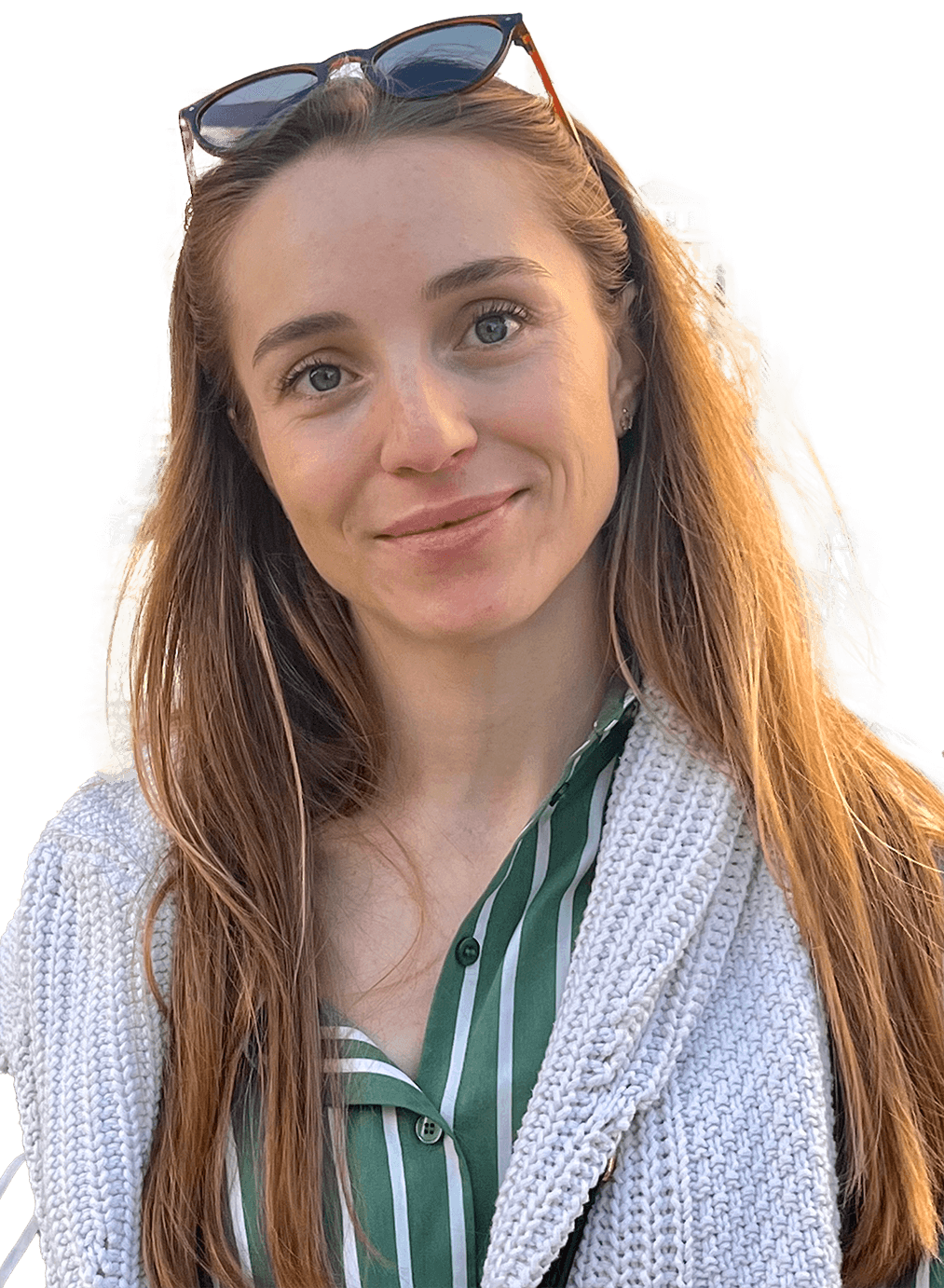
PhD student
Katarzyna Hanc
Sep 2022
Katarzyna Hanc, born in 1996 in Poland. In 2020, she graduated with a master’s degree in chemistry at Jagiellonian University in Krakow specializing in Photochemistry and Optical Spectroscopy working on photocatalytic rearrangement reactions. In 2021 she joined a research company in Krakow to gain more experience in the art of organic synthesis. Since September 2022 she continues as a PhD candidate in Peter Štacko group at UZH, working on dual-action photocages. In the free time looking for serenity in the care of a small jungle in her flat or dreaming about travelling.
Marina Russo
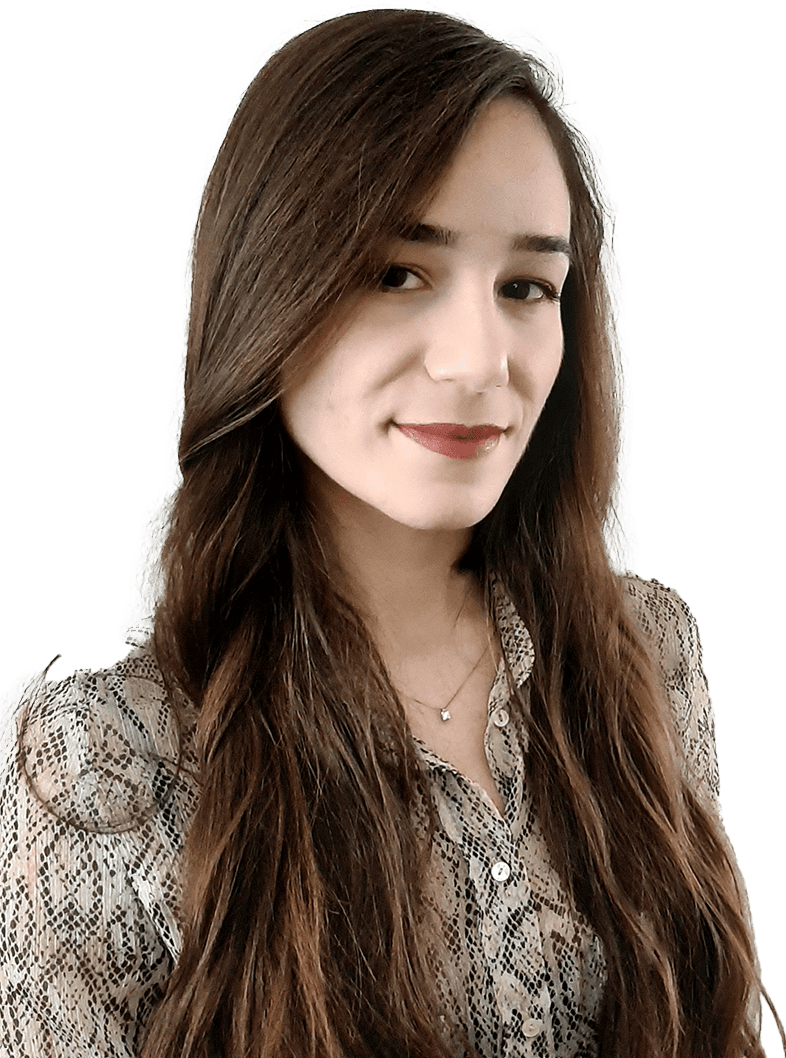
postdoc fellow
Marina Russo
Jan 2022-March 2024
Marina is an enthusiastic chemist, who never gives up on non-working reactions! When not immersed in this big passion, you can find her on the yoga mat or making her hands dirty in the garden. She loves creating culinary masterpieces in the kitchen. Her friends say that she is the go-to person for chill vibes and delicious homemade meals.
Andrea Ramundo
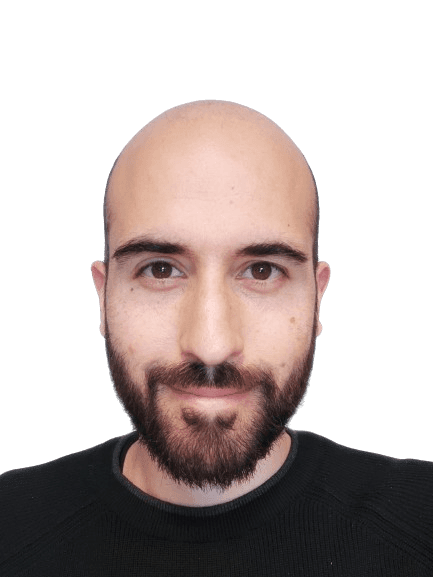
postdoc fellow
Andrea Ramundo
Jan 2024-Dec 2024
I earned my Ph.D. in organic chemistry, specializing in the synthesis and characterization of beautifully colored molecules such as porphyrins and phthalocyanines. When I'm not under the fumehood, you'll find me at the climbing gym or tearing up the trails with my toddler on our bike.
Attila Szabo
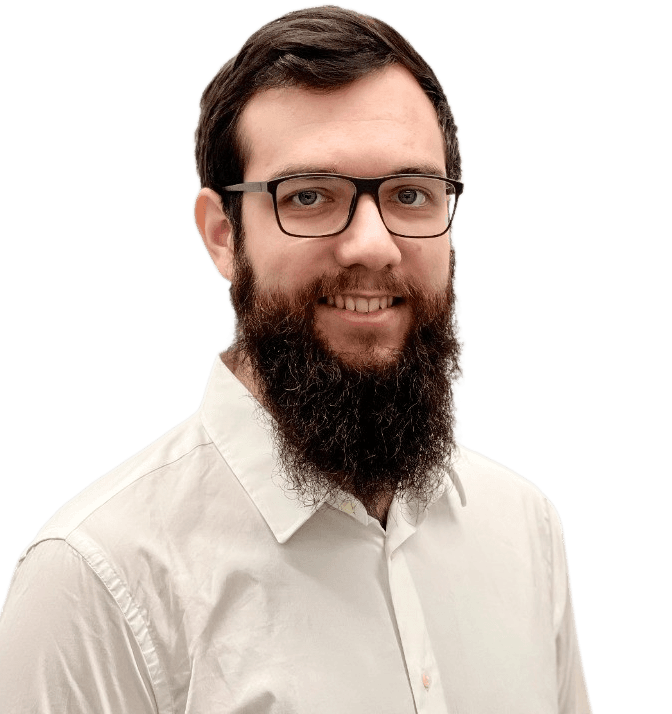
MSc student
Attila Szabo
Feb 2025-Dec 2025
THE TEAM
Katarzyna Hanc

PhD student
Katarzyna Hanc
Sep 2022
Katarzyna Hanc, born in 1996 in Poland. In 2020, she graduated with a master’s degree in chemistry at Jagiellonian University in Krakow specializing in Photochemistry and Optical Spectroscopy working on photocatalytic rearrangement reactions. In 2021 she joined a research company in Krakow to gain more experience in the art of organic synthesis. Since September 2022 she continues as a PhD candidate in Peter Štacko group at UZH, working on dual-action photocages. In the free time looking for serenity in the care of a small jungle in her flat or dreaming about travelling.
Marina Russo

postdoc fellow
Marina Russo
Jan 2022-March 2024
Marina is an enthusiastic chemist, who never gives up on non-working reactions! When not immersed in this big passion, you can find her on the yoga mat or making her hands dirty in the garden. She loves creating culinary masterpieces in the kitchen. Her friends say that she is the go-to person for chill vibes and delicious homemade meals.
Andrea Ramundo

postdoc fellow
Andrea Ramundo
Jan 2024-Dec 2024
I earned my Ph.D. in organic chemistry, specializing in the synthesis and characterization of beautifully colored molecules such as porphyrins and phthalocyanines. When I'm not under the fumehood, you'll find me at the climbing gym or tearing up the trails with my toddler on our bike.
Attila Szabo

MSc student
Attila Szabo
Feb 2025-Dec 2025
Hana Janeková
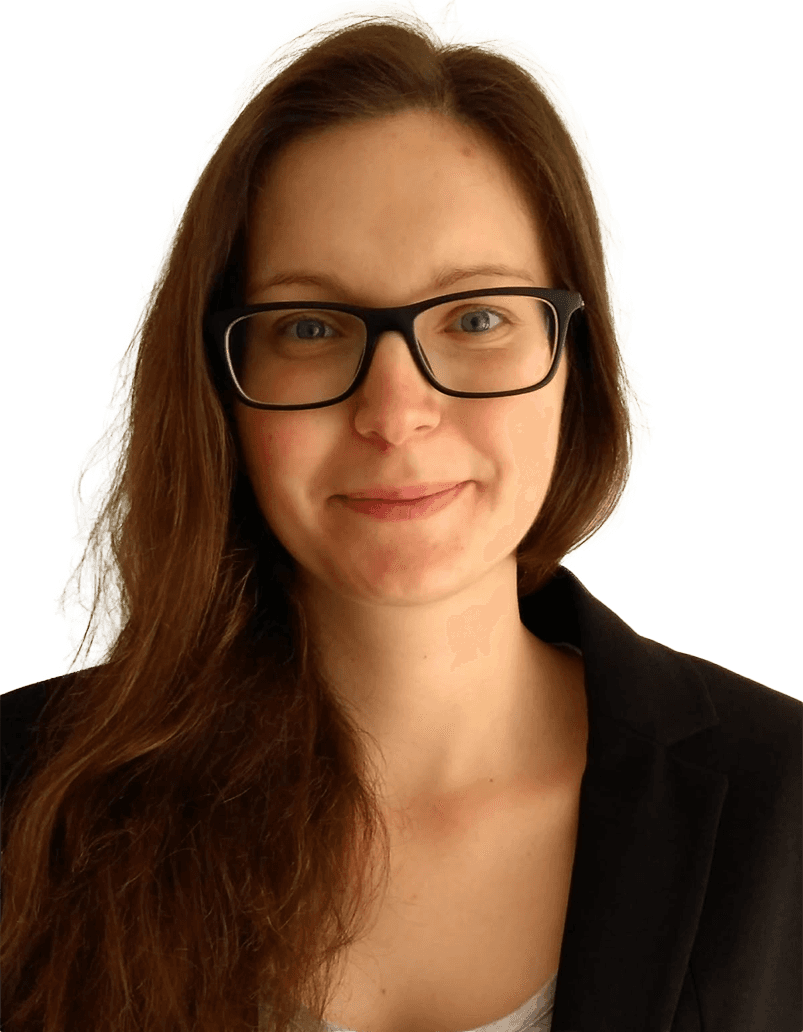
PhD student
Hana Janeková
Jan 2021-Jan 2025
My passion for chemistry evolved during high school while participating in Chemistry Olympiad. I received Bachelor’s degree in Chemistry and Master’s degree in Organic chemistry from Comenius University in Bratislava, Slovakia (2014 – 2019). After spending a year in industry, I started PhD in Organic Photochemistry in the beginning of 2021 in the newly forming group of Dr. Peter Štacko at the University of Zurich funded by SNF Ambizione. In my free time I love hiking, painting, and crocheting/knitting.
Juliette Swit

PhD student
Juliette Swit
Jul 2025
Before starting my PhD at the University of Zurich, I completed my undergraduate studies in Chemistry in Fribourg and Bern. Eventually, all the diverse aspects that photochemistry has to offer led me to Peter's group as I find interdisciplinary research the most fulfilling. When I'm not playing with light in the lab, I will take every chance I get to see the full spectrum of light while climbing or running in my free time.
Véronique Mathys
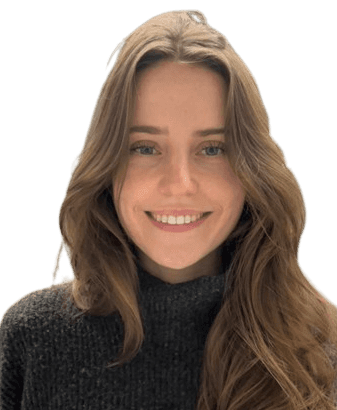
MSc student
Véronique Mathys
Sep 2025
I’m Véro, and I love anything creative, whether it’s drawing, painting, crafting, or even solving Sudoku. But what I enjoy most is strolling around town, browsing shop windows, and chatting with friends. I am enthusiastic about a lot of different things but deciding to pursue my master’s thesis in this group was easy for me. I began my chemistry studies at UZH in 2021 with a minor in astronomy and astrobiology. I pursued my bachelor’s thesis in the group of Prof. Dr. Michal Juríček. After taking additional courses in photochemistry, I knew I had found the field I wanted to dive into.
YOU!
Dominika Zielińska
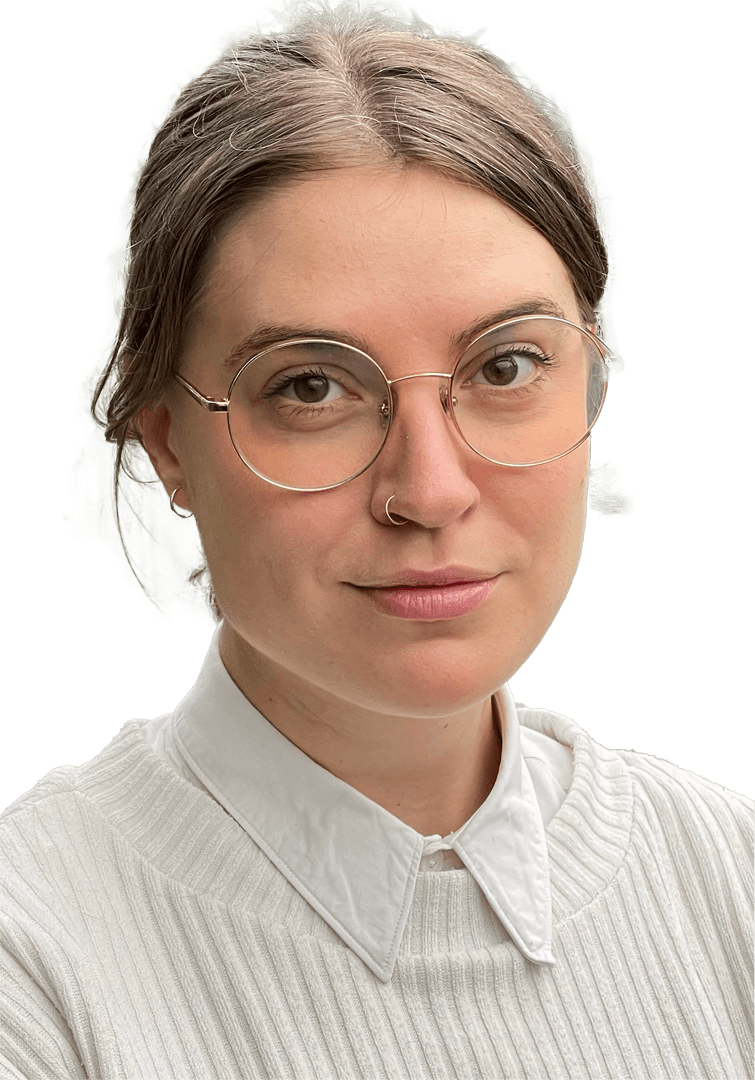
postdoc fellow
Dominika Zielińska
Nov 2023-Dec 2024
Joseph Kölbel
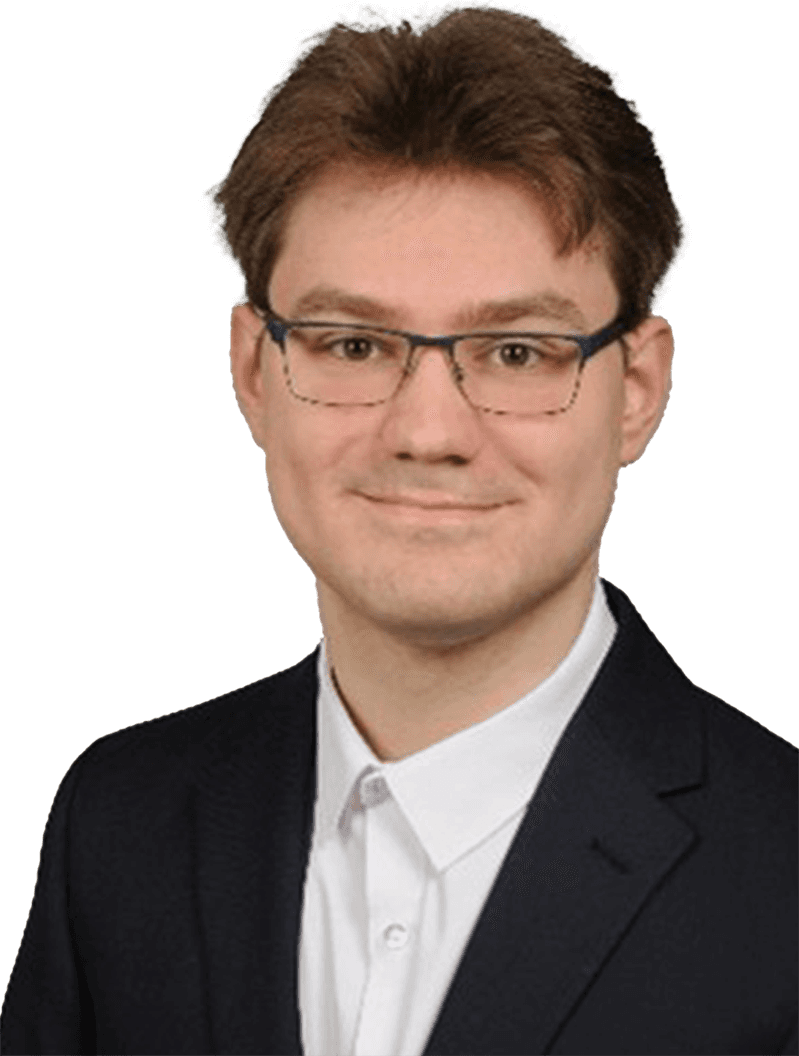
MSc student
Joseph Kölbel
Sep 2022-March 2024
Hana Janeková

PhD student
Hana Janeková
Jan 2021-Jan 2025
My passion for chemistry evolved during high school while participating in Chemistry Olympiad. I received Bachelor’s degree in Chemistry and Master’s degree in Organic chemistry from Comenius University in Bratislava, Slovakia (2014 – 2019). After spending a year in industry, I started PhD in Organic Photochemistry in the beginning of 2021 in the newly forming group of Dr. Peter Štacko at the University of Zurich funded by SNF Ambizione. In my free time I love hiking, painting, and crocheting/knitting.
Juliette Swit

PhD student
Juliette Swit
Jul 2025
Before starting my PhD at the University of Zurich, I completed my undergraduate studies in Chemistry in Fribourg and Bern. Eventually, all the diverse aspects that photochemistry has to offer led me to Peter's group as I find interdisciplinary research the most fulfilling. When I'm not playing with light in the lab, I will take every chance I get to see the full spectrum of light while climbing or running in my free time.
Véronique Mathys

MSc student
Véronique Mathys
Sep 2025
I’m Véro, and I love anything creative, whether it’s drawing, painting, crafting, or even solving Sudoku. But what I enjoy most is strolling around town, browsing shop windows, and chatting with friends. I am enthusiastic about a lot of different things but deciding to pursue my master’s thesis in this group was easy for me. I began my chemistry studies at UZH in 2021 with a minor in astronomy and astrobiology. I pursued my bachelor’s thesis in the group of Prof. Dr. Michal Juríček. After taking additional courses in photochemistry, I knew I had found the field I wanted to dive into.
YOU!
Dominika Zielińska

postdoc fellow
Dominika Zielińska
Nov 2023-Dec 2024
Joseph Kölbel

MSc student
Joseph Kölbel
Sep 2022-March 2024
Lisa Jobst

PhD student
Lisa Jobst
Dec 2025
I completed my bachelor's degree at LMU Munich before moving to the University of Vienna for my master's degree in chemistry. There, I conducted my master’s thesis in the Böttcher Group, gaining experience in natural product synthesis. In 2025, I joined the Štacko Group to pursue my PhD. Outside the lab, you’ll most likely find me chasing the best cinnamon rolls in the city or out on the trails running.
Delia Meier
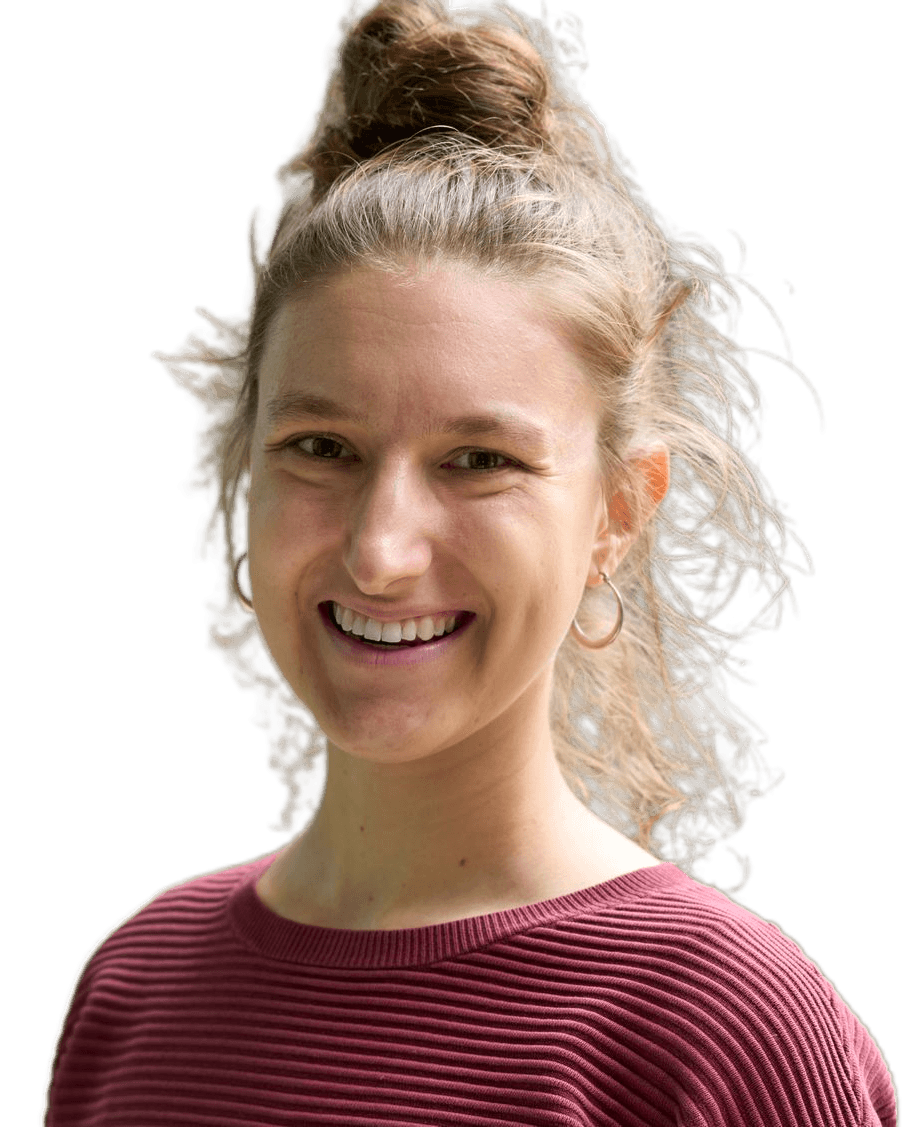
PhD student
Delia Meier
Dec 2025
I completed my Bachelor’s degree in Chemistry at the University of Zurich, where I carried out my thesis research in the Štacko group. For my Master’s thesis, I joined the Juríček group, working on the development of magnetic photoswitches. After obtaining my Master’s degree in 2025, I am excited to return to the Štacko group to pursue my PhD. In my free time, I enjoy reading and singing in the university choir.
Bastian Jakob
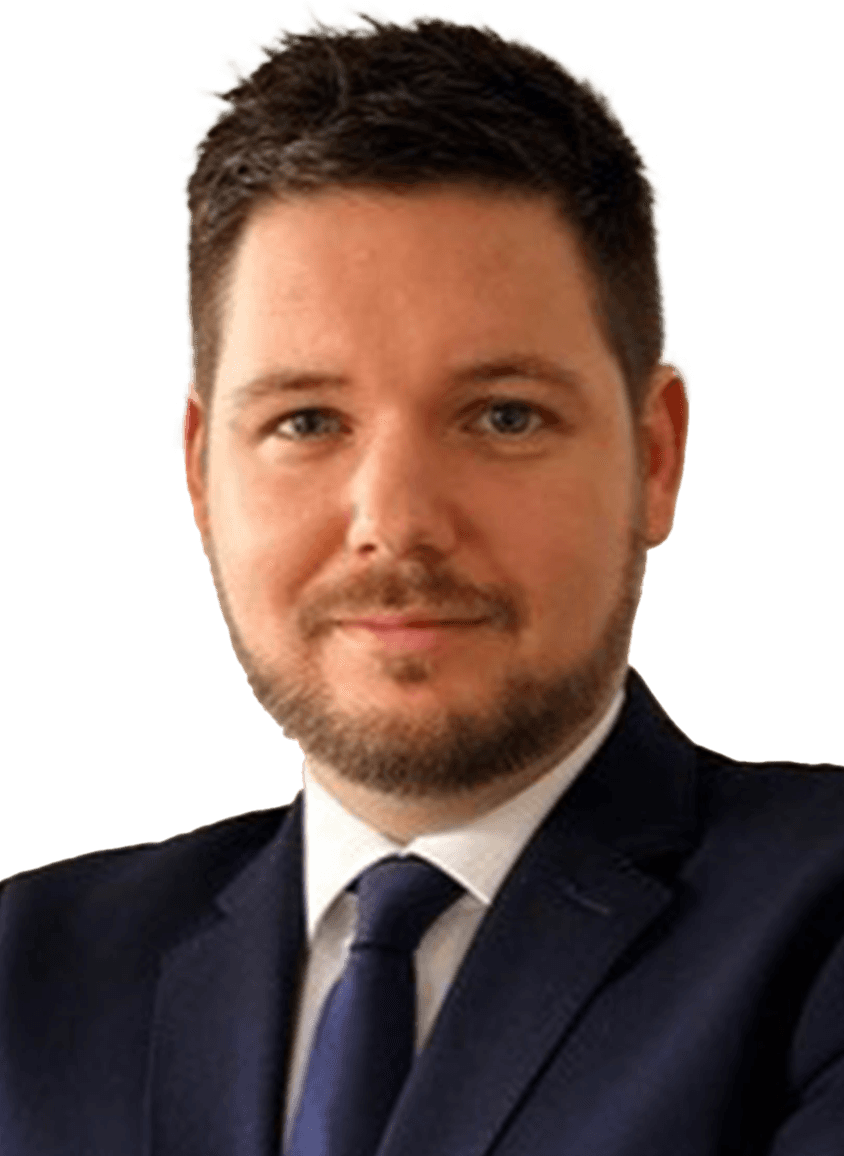
postdoc fellow
Bastian Jakob
May 2023-April 2024
Thomas Krack
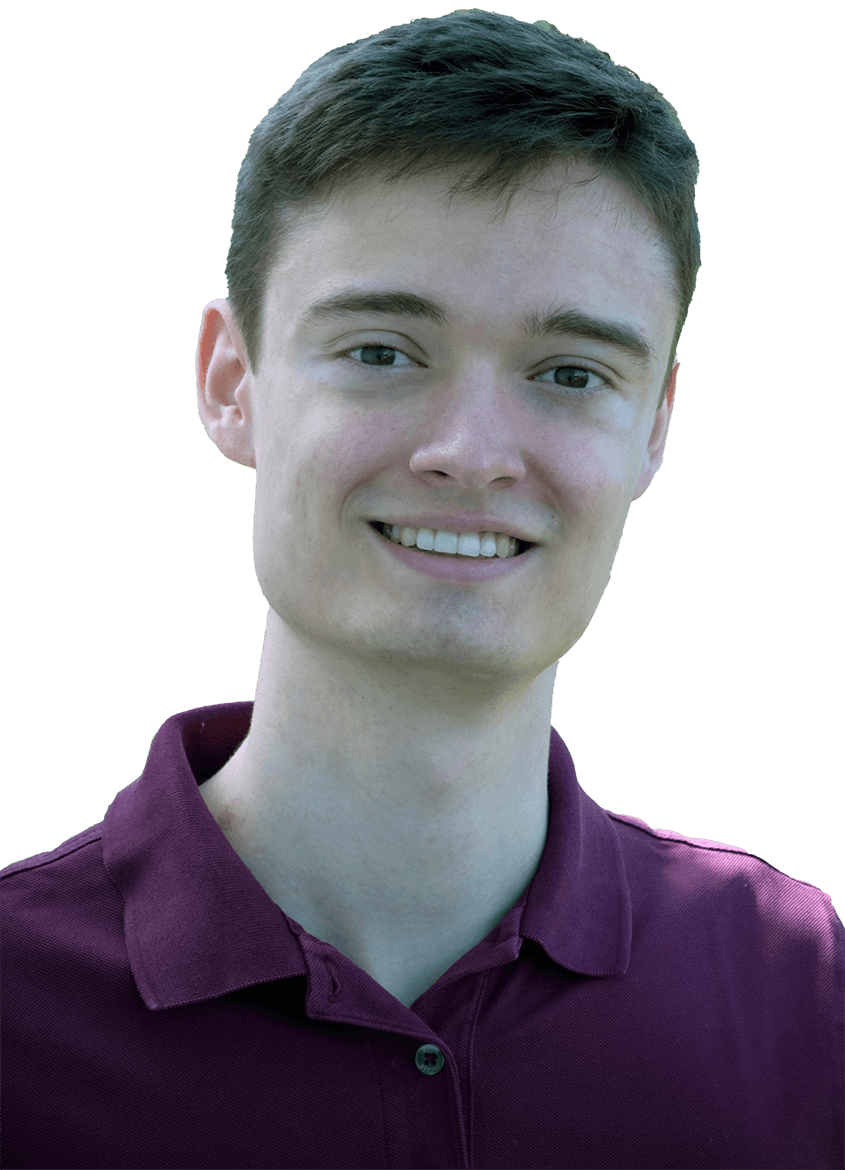
MSc student
Thomas Krack
Apr 2023-Feb 2024
I earned my bachelor's degree in Chemistry from the University of Zurich in 2022, with my Bachelor thesis conducted in the Nevado group on the topic of asymmetric carbamoylation of C-H bonds. Afterwards, I joined the Štacko group, where I am currently involved in research centered on cyanine-based photocages. Outside the lab, I find enjoyment in activities such as watching movies, miniature painting and playing video games.
THE TEAM
Lisa Jobst

PhD student
Lisa Jobst
Dec 2025
I completed my bachelor's degree at LMU Munich before moving to the University of Vienna for my master's degree in chemistry. There, I conducted my master’s thesis in the Böttcher Group, gaining experience in natural product synthesis. In 2025, I joined the Štacko Group to pursue my PhD. Outside the lab, you’ll most likely find me chasing the best cinnamon rolls in the city or out on the trails running.
Delia Meier

PhD student
Delia Meier
Dec 2025
I completed my Bachelor’s degree in Chemistry at the University of Zurich, where I carried out my thesis research in the Štacko group. For my Master’s thesis, I joined the Juríček group, working on the development of magnetic photoswitches. After obtaining my Master’s degree in 2025, I am excited to return to the Štacko group to pursue my PhD. In my free time, I enjoy reading and singing in the university choir.
Bastian Jakob

postdoc fellow
Bastian Jakob
May 2023-April 2024
Thomas Krack

MSc student
Thomas Krack
Apr 2023-Feb 2024
I earned my bachelor's degree in Chemistry from the University of Zurich in 2022, with my Bachelor thesis conducted in the Nevado group on the topic of asymmetric carbamoylation of C-H bonds. Afterwards, I joined the Štacko group, where I am currently involved in research centered on cyanine-based photocages. Outside the lab, I find enjoyment in activities such as watching movies, miniature painting and playing video games.
THE TEAM
THE TEAM
Hana Janeková

PhD student
Hana Janeková
Jan 2021-Jan 2025
My passion for chemistry evolved during high school while participating in Chemistry Olympiad. I received Bachelor’s degree in Chemistry and Master’s degree in Organic chemistry from Comenius University in Bratislava, Slovakia (2014 – 2019). After spending a year in industry, I started PhD in Organic Photochemistry in the beginning of 2021 in the newly forming group of Dr. Peter Štacko at the University of Zurich funded by SNF Ambizione. In my free time I love hiking, painting, and crocheting/knitting.
Marina Russo

postdoc fellow
Marina Russo
Jan 2022-March 2024
Marina is an enthusiastic chemist, who never gives up on non-working reactions! When not immersed in this big passion, you can find her on the yoga mat or making her hands dirty in the garden. She loves creating culinary masterpieces in the kitchen. Her friends say that she is the go-to person for chill vibes and delicious homemade meals.
Katarzyna Hanc

PhD student
Katarzyna Hanc
Sep 2022
Katarzyna Hanc, born in 1996 in Poland. In 2020, she graduated with a master’s degree in chemistry at Jagiellonian University in Krakow specializing in Photochemistry and Optical Spectroscopy working on photocatalytic rearrangement reactions. In 2021 she joined a research company in Krakow to gain more experience in the art of organic synthesis. Since September 2022 she continues as a PhD candidate in Peter Štacko group at UZH, working on dual-action photocages. In the free time looking for serenity in the care of a small jungle in her flat or dreaming about travelling.
Bastian Jakob

postdoc fellow
Bastian Jakob
May 2023-April 2024
Dominika Zielińska

postdoc fellow
Dominika Zielińska
Nov 2023-Dec 2024
YOU!
Joseph Kölbel

MSc student
Joseph Kölbel
Sep 2022-March 2024
Thomas Krack

MSc student
Thomas Krack
Apr 2023-Feb 2024
I earned my bachelor's degree in Chemistry from the University of Zurich in 2022, with my Bachelor thesis conducted in the Nevado group on the topic of asymmetric carbamoylation of C-H bonds. Afterwards, I joined the Štacko group, where I am currently involved in research centered on cyanine-based photocages. Outside the lab, I find enjoyment in activities such as watching movies, miniature painting and playing video games.
THE TEAM
Delia Meier

PhD student
Delia Meier
Dec 2025
I completed my Bachelor’s degree in Chemistry at the University of Zurich, where I carried out my thesis research in the Štacko group. For my Master’s thesis, I joined the Juríček group, working on the development of magnetic photoswitches. After obtaining my Master’s degree in 2025, I am excited to return to the Štacko group to pursue my PhD. In my free time, I enjoy reading and singing in the university choir.
Lisa Jobst

PhD student
Lisa Jobst
Dec 2025
I completed my bachelor's degree at LMU Munich before moving to the University of Vienna for my master's degree in chemistry. There, I conducted my master’s thesis in the Böttcher Group, gaining experience in natural product synthesis. In 2025, I joined the Štacko Group to pursue my PhD. Outside the lab, you’ll most likely find me chasing the best cinnamon rolls in the city or out on the trails running.
Juliette Swit

PhD student
Juliette Swit
Jul 2025
Before starting my PhD at the University of Zurich, I completed my undergraduate studies in Chemistry in Fribourg and Bern. Eventually, all the diverse aspects that photochemistry has to offer led me to Peter's group as I find interdisciplinary research the most fulfilling. When I'm not playing with light in the lab, I will take every chance I get to see the full spectrum of light while climbing or running in my free time.
Véronique Mathys

MSc student
Véronique Mathys
Sep 2025
I’m Véro, and I love anything creative, whether it’s drawing, painting, crafting, or even solving Sudoku. But what I enjoy most is strolling around town, browsing shop windows, and chatting with friends. I am enthusiastic about a lot of different things but deciding to pursue my master’s thesis in this group was easy for me. I began my chemistry studies at UZH in 2021 with a minor in astronomy and astrobiology. I pursued my bachelor’s thesis in the group of Prof. Dr. Michal Juríček. After taking additional courses in photochemistry, I knew I had found the field I wanted to dive into.
Attila Szabo

MSc student
Attila Szabo
Feb 2025-Dec 2025
Katarzyna Hanc

PhD student
Katarzyna Hanc
Sep 2022
Katarzyna Hanc, born in 1996 in Poland. In 2020, she graduated with a master’s degree in chemistry at Jagiellonian University in Krakow specializing in Photochemistry and Optical Spectroscopy working on photocatalytic rearrangement reactions. In 2021 she joined a research company in Krakow to gain more experience in the art of organic synthesis. Since September 2022 she continues as a PhD candidate in Peter Štacko group at UZH, working on dual-action photocages. In the free time looking for serenity in the care of a small jungle in her flat or dreaming about travelling.
Hana Janeková

PhD student
Hana Janeková
Jan 2021-Jan 2025
My passion for chemistry evolved during high school while participating in Chemistry Olympiad. I received Bachelor’s degree in Chemistry and Master’s degree in Organic chemistry from Comenius University in Bratislava, Slovakia (2014 – 2019). After spending a year in industry, I started PhD in Organic Photochemistry in the beginning of 2021 in the newly forming group of Dr. Peter Štacko at the University of Zurich funded by SNF Ambizione. In my free time I love hiking, painting, and crocheting/knitting.
Dominika Zielińska

postdoc fellow
Dominika Zielińska
Nov 2023-Dec 2024
YOU!
Andrea Ramundo

postdoc fellow
Andrea Ramundo
Jan 2024-Dec 2024
I earned my Ph.D. in organic chemistry, specializing in the synthesis and characterization of beautifully colored molecules such as porphyrins and phthalocyanines. When I'm not under the fumehood, you'll find me at the climbing gym or tearing up the trails with my toddler on our bike.
Marina Russo

postdoc fellow
Marina Russo
Jan 2022-March 2024
Marina is an enthusiastic chemist, who never gives up on non-working reactions! When not immersed in this big passion, you can find her on the yoga mat or making her hands dirty in the garden. She loves creating culinary masterpieces in the kitchen. Her friends say that she is the go-to person for chill vibes and delicious homemade meals.
Bastian Jakob

postdoc fellow
Bastian Jakob
May 2023-April 2024
Joseph Kölbel

MSc student
Joseph Kölbel
Sep 2022-March 2024
Thomas Krack

MSc student
Thomas Krack
Apr 2023-Feb 2024
I earned my bachelor's degree in Chemistry from the University of Zurich in 2022, with my Bachelor thesis conducted in the Nevado group on the topic of asymmetric carbamoylation of C-H bonds. Afterwards, I joined the Štacko group, where I am currently involved in research centered on cyanine-based photocages. Outside the lab, I find enjoyment in activities such as watching movies, miniature painting and playing video games.
THE TEAM
Delia Meier

PhD student
Delia Meier
Dec 2025
I completed my Bachelor’s degree in Chemistry at the University of Zurich, where I carried out my thesis research in the Štacko group. For my Master’s thesis, I joined the Juríček group, working on the development of magnetic photoswitches. After obtaining my Master’s degree in 2025, I am excited to return to the Štacko group to pursue my PhD. In my free time, I enjoy reading and singing in the university choir.
Lisa Jobst

PhD student
Lisa Jobst
Dec 2025
I completed my bachelor's degree at LMU Munich before moving to the University of Vienna for my master's degree in chemistry. There, I conducted my master’s thesis in the Böttcher Group, gaining experience in natural product synthesis. In 2025, I joined the Štacko Group to pursue my PhD. Outside the lab, you’ll most likely find me chasing the best cinnamon rolls in the city or out on the trails running.
Juliette Swit

PhD student
Juliette Swit
Jul 2025
Before starting my PhD at the University of Zurich, I completed my undergraduate studies in Chemistry in Fribourg and Bern. Eventually, all the diverse aspects that photochemistry has to offer led me to Peter's group as I find interdisciplinary research the most fulfilling. When I'm not playing with light in the lab, I will take every chance I get to see the full spectrum of light while climbing or running in my free time.
Véronique Mathys

MSc student
Véronique Mathys
Sep 2025
I’m Véro, and I love anything creative, whether it’s drawing, painting, crafting, or even solving Sudoku. But what I enjoy most is strolling around town, browsing shop windows, and chatting with friends. I am enthusiastic about a lot of different things but deciding to pursue my master’s thesis in this group was easy for me. I began my chemistry studies at UZH in 2021 with a minor in astronomy and astrobiology. I pursued my bachelor’s thesis in the group of Prof. Dr. Michal Juríček. After taking additional courses in photochemistry, I knew I had found the field I wanted to dive into.
Attila Szabo

MSc student
Attila Szabo
Feb 2025-Dec 2025
Katarzyna Hanc

PhD student
Katarzyna Hanc
Sep 2022
Katarzyna Hanc, born in 1996 in Poland. In 2020, she graduated with a master’s degree in chemistry at Jagiellonian University in Krakow specializing in Photochemistry and Optical Spectroscopy working on photocatalytic rearrangement reactions. In 2021 she joined a research company in Krakow to gain more experience in the art of organic synthesis. Since September 2022 she continues as a PhD candidate in Peter Štacko group at UZH, working on dual-action photocages. In the free time looking for serenity in the care of a small jungle in her flat or dreaming about travelling.
Hana Janeková

PhD student
Hana Janeková
Jan 2021-Jan 2025
My passion for chemistry evolved during high school while participating in Chemistry Olympiad. I received Bachelor’s degree in Chemistry and Master’s degree in Organic chemistry from Comenius University in Bratislava, Slovakia (2014 – 2019). After spending a year in industry, I started PhD in Organic Photochemistry in the beginning of 2021 in the newly forming group of Dr. Peter Štacko at the University of Zurich funded by SNF Ambizione. In my free time I love hiking, painting, and crocheting/knitting.
Dominika Zielińska

postdoc fellow
Dominika Zielińska
Nov 2023-Dec 2024
YOU!
Andrea Ramundo

postdoc fellow
Andrea Ramundo
Jan 2024-Dec 2024
I earned my Ph.D. in organic chemistry, specializing in the synthesis and characterization of beautifully colored molecules such as porphyrins and phthalocyanines. When I'm not under the fumehood, you'll find me at the climbing gym or tearing up the trails with my toddler on our bike.
Marina Russo

postdoc fellow
Marina Russo
Jan 2022-March 2024
Marina is an enthusiastic chemist, who never gives up on non-working reactions! When not immersed in this big passion, you can find her on the yoga mat or making her hands dirty in the garden. She loves creating culinary masterpieces in the kitchen. Her friends say that she is the go-to person for chill vibes and delicious homemade meals.
Bastian Jakob

postdoc fellow
Bastian Jakob
May 2023-April 2024
Joseph Kölbel

MSc student
Joseph Kölbel
Sep 2022-March 2024
Thomas Krack

MSc student
Thomas Krack
Apr 2023-Feb 2024
I earned my bachelor's degree in Chemistry from the University of Zurich in 2022, with my Bachelor thesis conducted in the Nevado group on the topic of asymmetric carbamoylation of C-H bonds. Afterwards, I joined the Štacko group, where I am currently involved in research centered on cyanine-based photocages. Outside the lab, I find enjoyment in activities such as watching movies, miniature painting and playing video games.
THE TEAM
Delia Meier

PhD student
Delia Meier
Dec 2025
I completed my Bachelor’s degree in Chemistry at the University of Zurich, where I carried out my thesis research in the Štacko group. For my Master’s thesis, I joined the Juríček group, working on the development of magnetic photoswitches. After obtaining my Master’s degree in 2025, I am excited to return to the Štacko group to pursue my PhD. In my free time, I enjoy reading and singing in the university choir.
Lisa Jobst

PhD student
Lisa Jobst
Dec 2025
I completed my bachelor's degree at LMU Munich before moving to the University of Vienna for my master's degree in chemistry. There, I conducted my master’s thesis in the Böttcher Group, gaining experience in natural product synthesis. In 2025, I joined the Štacko Group to pursue my PhD. Outside the lab, you’ll most likely find me chasing the best cinnamon rolls in the city or out on the trails running.
Juliette Swit

PhD student
Juliette Swit
Jul 2025
Before starting my PhD at the University of Zurich, I completed my undergraduate studies in Chemistry in Fribourg and Bern. Eventually, all the diverse aspects that photochemistry has to offer led me to Peter's group as I find interdisciplinary research the most fulfilling. When I'm not playing with light in the lab, I will take every chance I get to see the full spectrum of light while climbing or running in my free time.
Véronique Mathys

MSc student
Véronique Mathys
Sep 2025
I’m Véro, and I love anything creative, whether it’s drawing, painting, crafting, or even solving Sudoku. But what I enjoy most is strolling around town, browsing shop windows, and chatting with friends. I am enthusiastic about a lot of different things but deciding to pursue my master’s thesis in this group was easy for me. I began my chemistry studies at UZH in 2021 with a minor in astronomy and astrobiology. I pursued my bachelor’s thesis in the group of Prof. Dr. Michal Juríček. After taking additional courses in photochemistry, I knew I had found the field I wanted to dive into.
Attila Szabo

MSc student
Attila Szabo
Feb 2025-Dec 2025
Katarzyna Hanc

PhD student
Katarzyna Hanc
Sep 2022
Katarzyna Hanc, born in 1996 in Poland. In 2020, she graduated with a master’s degree in chemistry at Jagiellonian University in Krakow specializing in Photochemistry and Optical Spectroscopy working on photocatalytic rearrangement reactions. In 2021 she joined a research company in Krakow to gain more experience in the art of organic synthesis. Since September 2022 she continues as a PhD candidate in Peter Štacko group at UZH, working on dual-action photocages. In the free time looking for serenity in the care of a small jungle in her flat or dreaming about travelling.
Hana Janeková

PhD student
Hana Janeková
Jan 2021-Jan 2025
My passion for chemistry evolved during high school while participating in Chemistry Olympiad. I received Bachelor’s degree in Chemistry and Master’s degree in Organic chemistry from Comenius University in Bratislava, Slovakia (2014 – 2019). After spending a year in industry, I started PhD in Organic Photochemistry in the beginning of 2021 in the newly forming group of Dr. Peter Štacko at the University of Zurich funded by SNF Ambizione. In my free time I love hiking, painting, and crocheting/knitting.
Dominika Zielińska

postdoc fellow
Dominika Zielińska
Nov 2023-Dec 2024
YOU!
Andrea Ramundo

postdoc fellow
Andrea Ramundo
Jan 2024-Dec 2024
I earned my Ph.D. in organic chemistry, specializing in the synthesis and characterization of beautifully colored molecules such as porphyrins and phthalocyanines. When I'm not under the fumehood, you'll find me at the climbing gym or tearing up the trails with my toddler on our bike.
Marina Russo

postdoc fellow
Marina Russo
Jan 2022-March 2024
Marina is an enthusiastic chemist, who never gives up on non-working reactions! When not immersed in this big passion, you can find her on the yoga mat or making her hands dirty in the garden. She loves creating culinary masterpieces in the kitchen. Her friends say that she is the go-to person for chill vibes and delicious homemade meals.
Bastian Jakob

postdoc fellow
Bastian Jakob
May 2023-April 2024
Joseph Kölbel

MSc student
Joseph Kölbel
Sep 2022-March 2024
Thomas Krack

MSc student
Thomas Krack
Apr 2023-Feb 2024
I earned my bachelor's degree in Chemistry from the University of Zurich in 2022, with my Bachelor thesis conducted in the Nevado group on the topic of asymmetric carbamoylation of C-H bonds. Afterwards, I joined the Štacko group, where I am currently involved in research centered on cyanine-based photocages. Outside the lab, I find enjoyment in activities such as watching movies, miniature painting and playing video games.
THE TEAM
Delia Meier

PhD student
Delia Meier
Dec 2025
I completed my Bachelor’s degree in Chemistry at the University of Zurich, where I carried out my thesis research in the Štacko group. For my Master’s thesis, I joined the Juríček group, working on the development of magnetic photoswitches. After obtaining my Master’s degree in 2025, I am excited to return to the Štacko group to pursue my PhD. In my free time, I enjoy reading and singing in the university choir.
Lisa Jobst

PhD student
Lisa Jobst
Dec 2025
I completed my bachelor's degree at LMU Munich before moving to the University of Vienna for my master's degree in chemistry. There, I conducted my master’s thesis in the Böttcher Group, gaining experience in natural product synthesis. In 2025, I joined the Štacko Group to pursue my PhD. Outside the lab, you’ll most likely find me chasing the best cinnamon rolls in the city or out on the trails running.
Juliette Swit

PhD student
Juliette Swit
Jul 2025
Before starting my PhD at the University of Zurich, I completed my undergraduate studies in Chemistry in Fribourg and Bern. Eventually, all the diverse aspects that photochemistry has to offer led me to Peter's group as I find interdisciplinary research the most fulfilling. When I'm not playing with light in the lab, I will take every chance I get to see the full spectrum of light while climbing or running in my free time.
Véronique Mathys

MSc student
Véronique Mathys
Sep 2025
I’m Véro, and I love anything creative, whether it’s drawing, painting, crafting, or even solving Sudoku. But what I enjoy most is strolling around town, browsing shop windows, and chatting with friends. I am enthusiastic about a lot of different things but deciding to pursue my master’s thesis in this group was easy for me. I began my chemistry studies at UZH in 2021 with a minor in astronomy and astrobiology. I pursued my bachelor’s thesis in the group of Prof. Dr. Michal Juríček. After taking additional courses in photochemistry, I knew I had found the field I wanted to dive into.
Attila Szabo

MSc student
Attila Szabo
Feb 2025-Dec 2025
Katarzyna Hanc

PhD student
Katarzyna Hanc
Sep 2022
Katarzyna Hanc, born in 1996 in Poland. In 2020, she graduated with a master’s degree in chemistry at Jagiellonian University in Krakow specializing in Photochemistry and Optical Spectroscopy working on photocatalytic rearrangement reactions. In 2021 she joined a research company in Krakow to gain more experience in the art of organic synthesis. Since September 2022 she continues as a PhD candidate in Peter Štacko group at UZH, working on dual-action photocages. In the free time looking for serenity in the care of a small jungle in her flat or dreaming about travelling.
Hana Janeková

PhD student
Hana Janeková
Jan 2021-Jan 2025
My passion for chemistry evolved during high school while participating in Chemistry Olympiad. I received Bachelor’s degree in Chemistry and Master’s degree in Organic chemistry from Comenius University in Bratislava, Slovakia (2014 – 2019). After spending a year in industry, I started PhD in Organic Photochemistry in the beginning of 2021 in the newly forming group of Dr. Peter Štacko at the University of Zurich funded by SNF Ambizione. In my free time I love hiking, painting, and crocheting/knitting.
Dominika Zielińska

postdoc fellow
Dominika Zielińska
Nov 2023-Dec 2024
YOU!
Andrea Ramundo

postdoc fellow
Andrea Ramundo
Jan 2024-Dec 2024
I earned my Ph.D. in organic chemistry, specializing in the synthesis and characterization of beautifully colored molecules such as porphyrins and phthalocyanines. When I'm not under the fumehood, you'll find me at the climbing gym or tearing up the trails with my toddler on our bike.
Marina Russo

postdoc fellow
Marina Russo
Jan 2022-March 2024
Marina is an enthusiastic chemist, who never gives up on non-working reactions! When not immersed in this big passion, you can find her on the yoga mat or making her hands dirty in the garden. She loves creating culinary masterpieces in the kitchen. Her friends say that she is the go-to person for chill vibes and delicious homemade meals.
Bastian Jakob

postdoc fellow
Bastian Jakob
May 2023-April 2024
Joseph Kölbel

MSc student
Joseph Kölbel
Sep 2022-March 2024
Thomas Krack

MSc student
Thomas Krack
Apr 2023-Feb 2024
I earned my bachelor's degree in Chemistry from the University of Zurich in 2022, with my Bachelor thesis conducted in the Nevado group on the topic of asymmetric carbamoylation of C-H bonds. Afterwards, I joined the Štacko group, where I am currently involved in research centered on cyanine-based photocages. Outside the lab, I find enjoyment in activities such as watching movies, miniature painting and playing video games.
OUR LATEST WORK
OUR LATEST WORK
JOIN US
JOIN US
Interested?
Applications to join our research group
Applications to join our research group from outstanding and enthusiastic master students, PhD and postdoctoral candidates are always welcome. Funding options are available on university and national levels.
Applications to join our research group from outstanding and enthusiastic master students, PhD and postdoctoral candidates are always welcome. Funding options are available on university and national levels.
from outstanding and enthusiastic master
students, PhD and postdoctoral candidates
are always welcome. Funding options are
available on university and national levels.
We would like to hear more
Interested? We would like to hear more about you by e-mail. Include a cover letter, CV, research summary, and transcripts of grades. Please note that only applications compiled as a single PDF will be considered.
about you by e-mail. Include a cover letter,
Interested? We would like to hear more about you by e-mail. Include a cover letter, CV, research summary, and transcripts of grades. Please note that only applications compiled as a single PDF will be considered.
CV, research summary, and transcripts of
grades. Please note that only applications
compiled as a single PDF will be considered.
We support highly motivated bachelor and
We support highly motivated bachelor and master students, and have research projects available - whether to do your thesis or just do an internship.
We support highly motivated bachelor and master students, and have research projects available - whether to do your thesis or just do an internship.
master students, and have research projects
available - whether to do your thesis or
just do an internship.
LET'S MAKE CRAZY
LET'S MAKE CRAZY
SCIENCE TOGETHER!
SCIENCE TOGETHER!
GET IN TOUCH, START A COLLABORATION OR JUST VISIT US
GET IN TOUCH, START A COLLABORATION OR JUST VISIT US
UNIVERSITY OF ZURICH
CAMPUS IRCHEL, OFFICE Y38 K14
LABORATORY Y38 J97
DEPARTMENT OF CHEMISTRY
WINTERTHURERSTRASSE 190
ZURICH, CH-8057
SWITZERLAND
PETER.STACKO@UZH.CH
+41 44 635 46 88
We are located in the brand new chemistry building Y38 of UZI5 in the Campus Irchel of the University of Zurich, which is about 20 minutes away from both the airport Zurich-Kloten and the main railway station (SBB HB). The Irchel Campus is best reached from the tram station Milchbuck - accessible by tramline 10 from the airport, or tramlines 7 and 10 from the railway station.
We are located in the brand new chemistry building Y38 of UZI5 in the Campus Irchel of the University of Zurich, which is about 20 minutes away from both the airport Zurich-Kloten and the main railway station (SBB HB). The Irchel Campus is best reached from the tram station Milchbuck - accessible by tramline 10 from the airport, or tramlines 7 and 10 from the railway station.
We are located in the brand new chemistry building Y38 of UZI5 in the Campus Irchel of the University of Zurich, which is about 20 minutes away from both the airport Zurich-Kloten and the main railway station (SBB HB). The Irchel Campus is best reached from the tram station Milchbuck - accessible by tramline 10 from the airport, or tramlines 7 and 10 from the railway station.
THANKS TO
THANKS TO











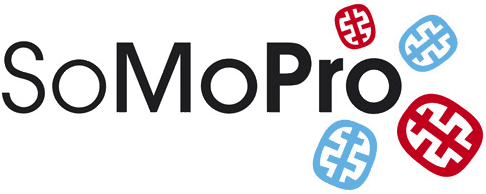



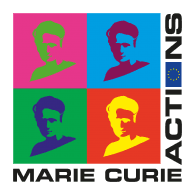


© 2025 Designed and developed by Peter Štacko. All rights reserved.
© 2025 Designed and developed by Peter Štacko. All rights reserved.

